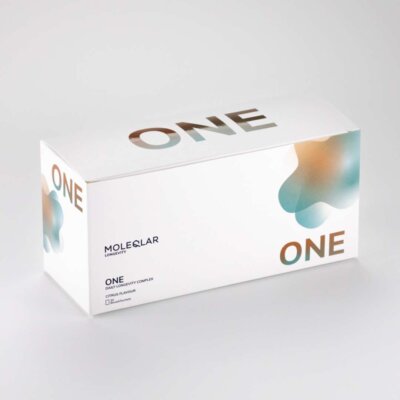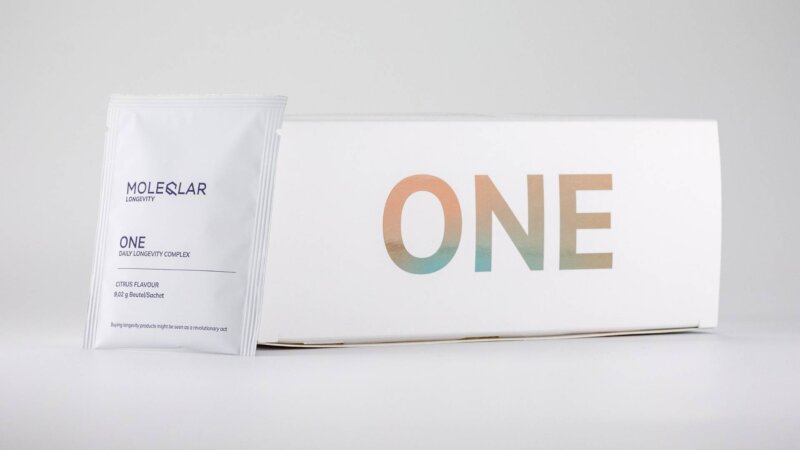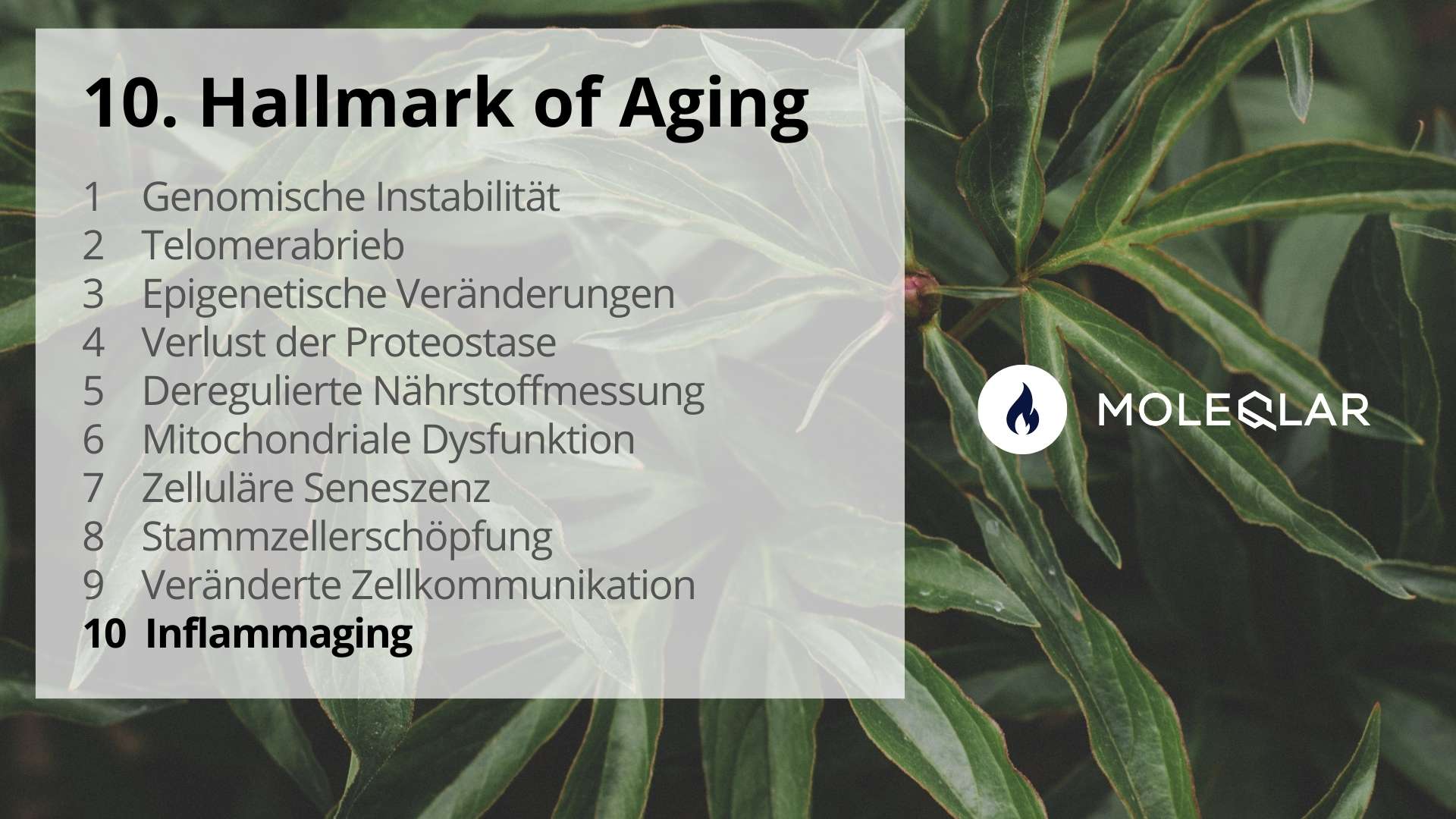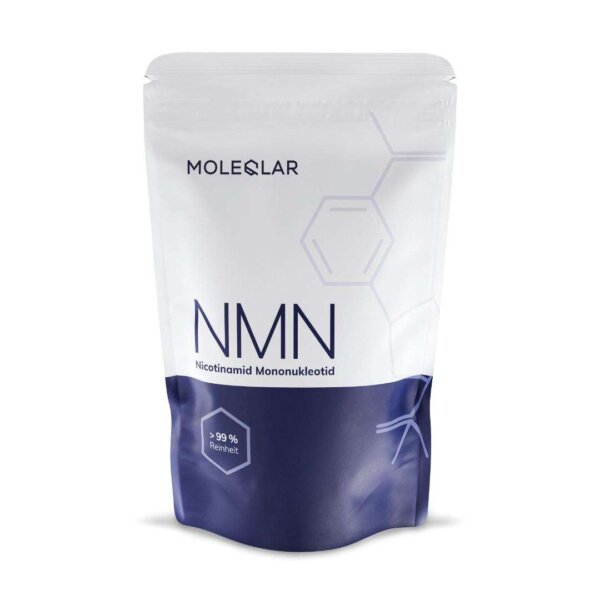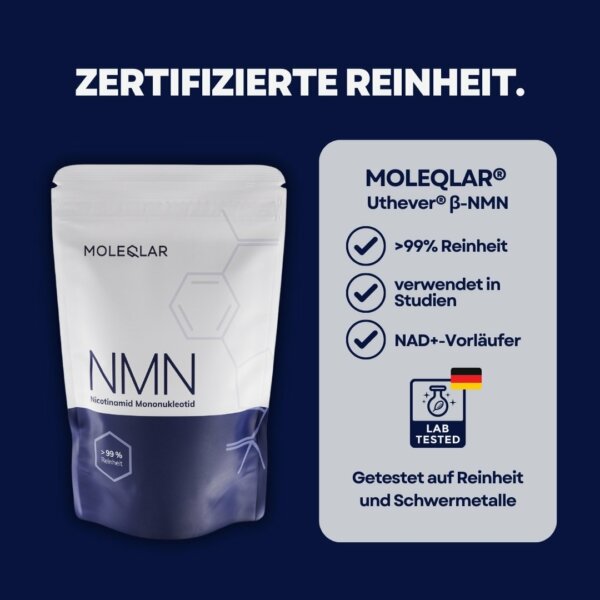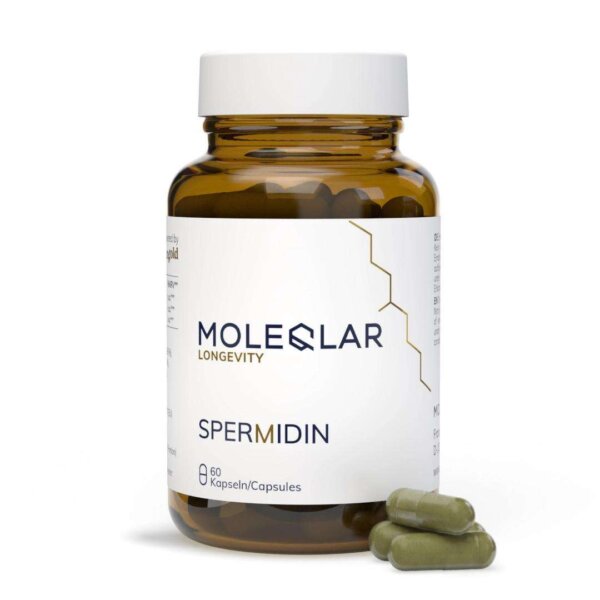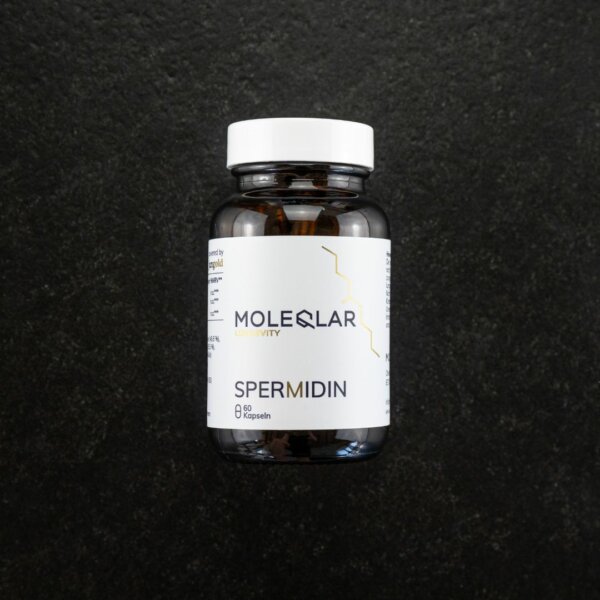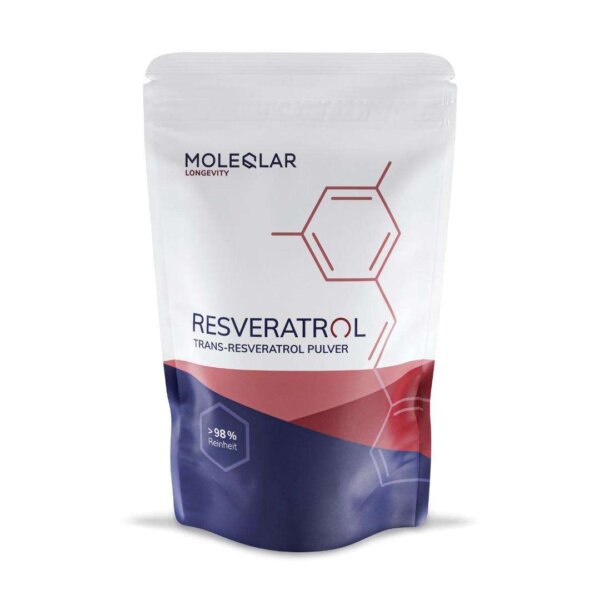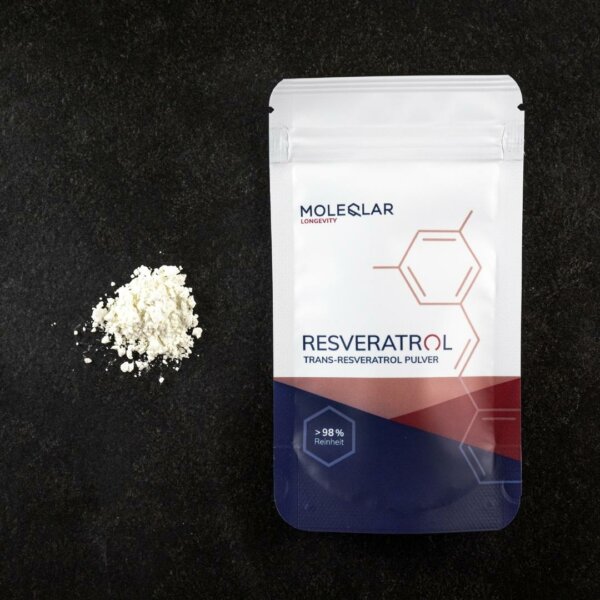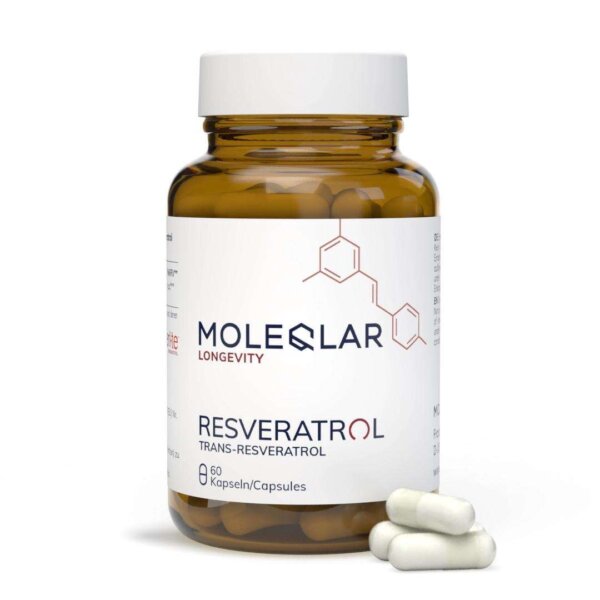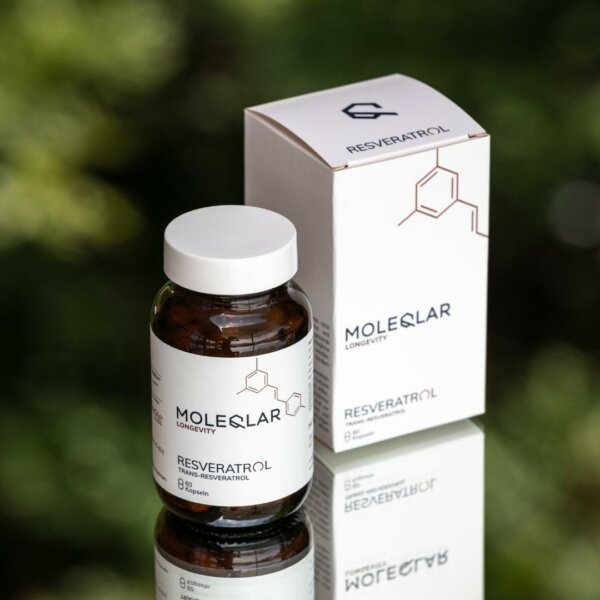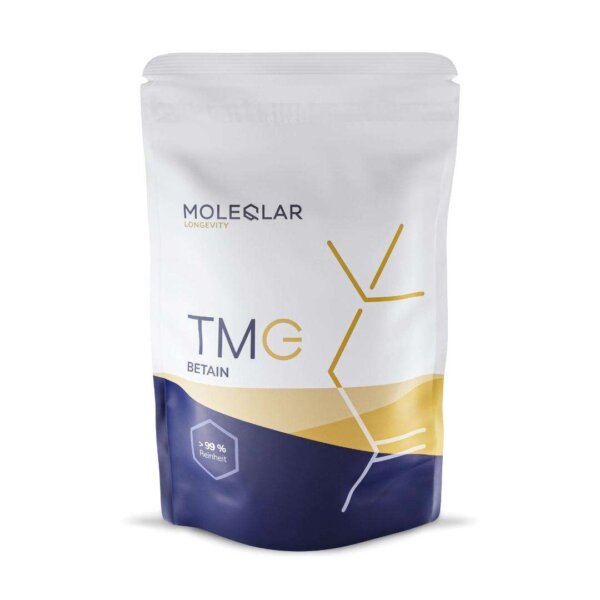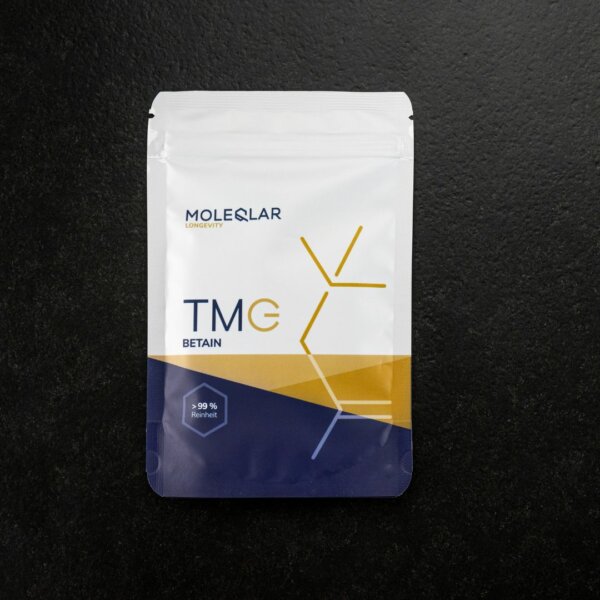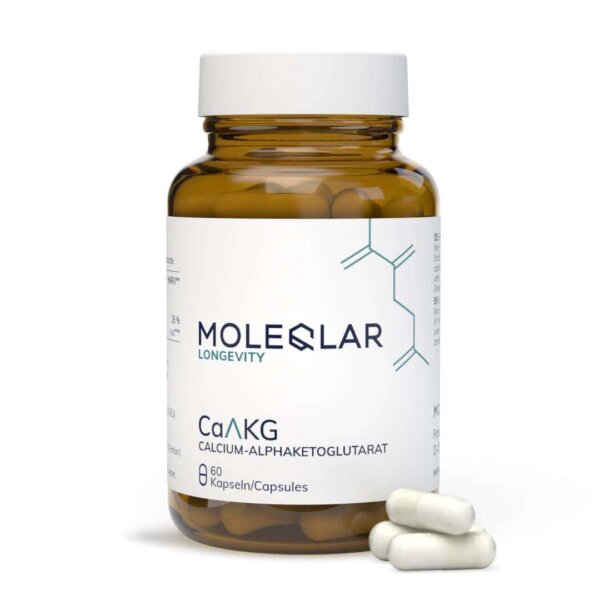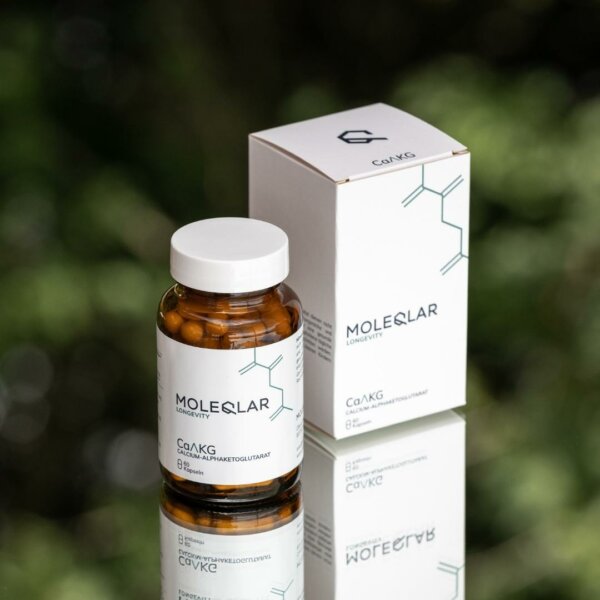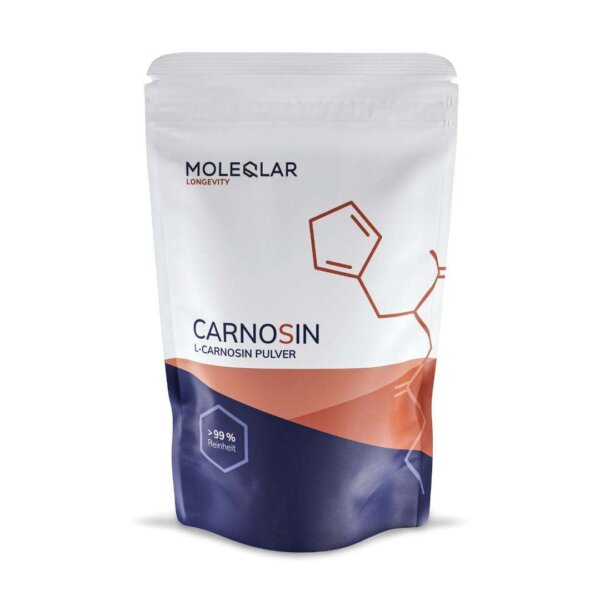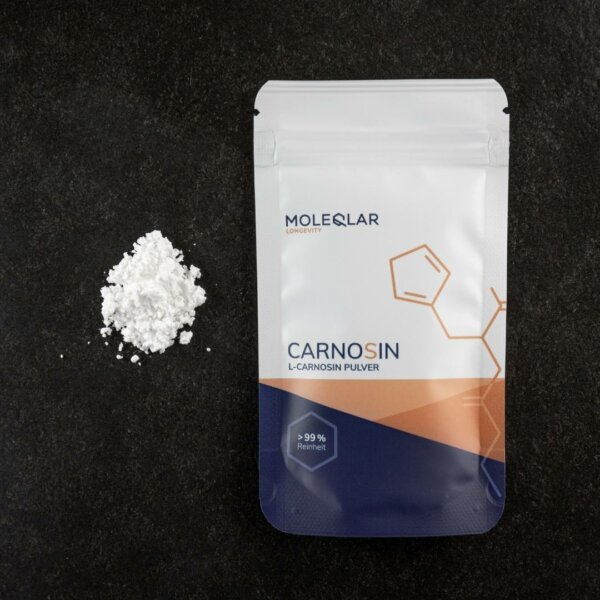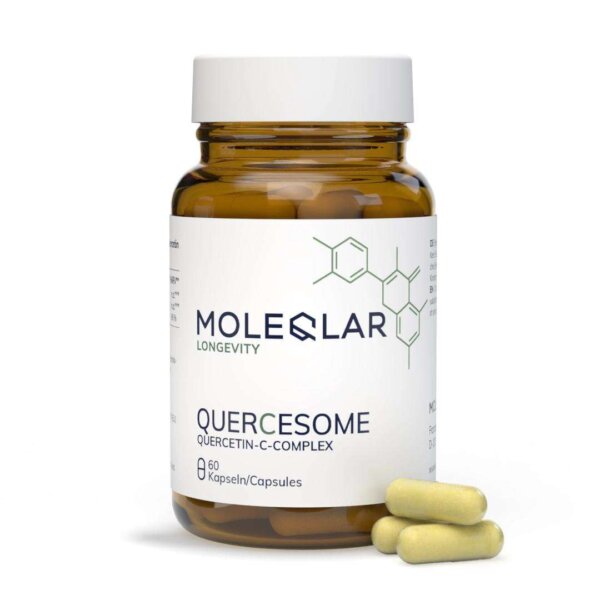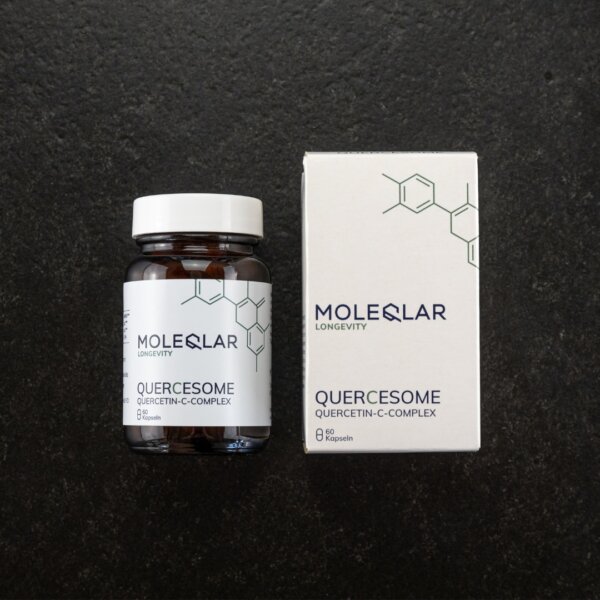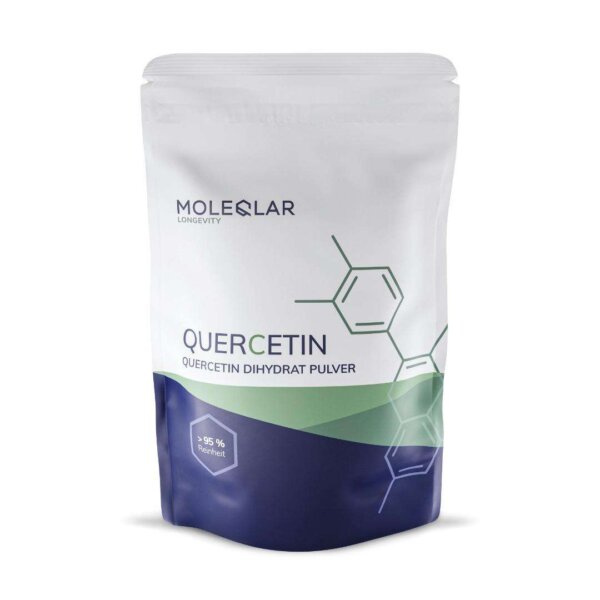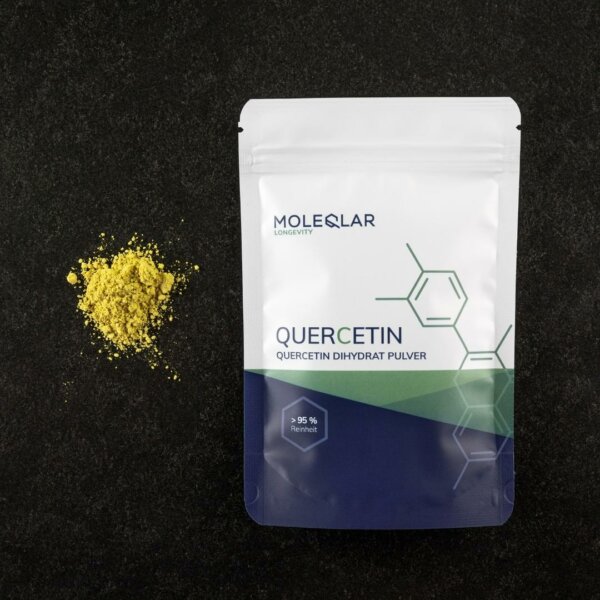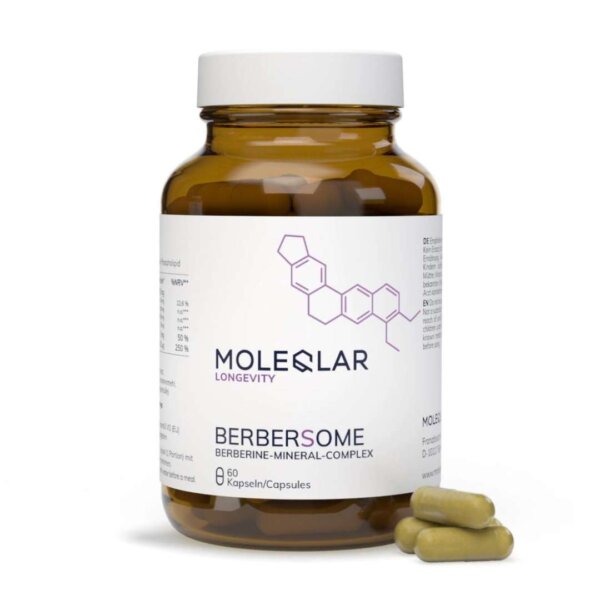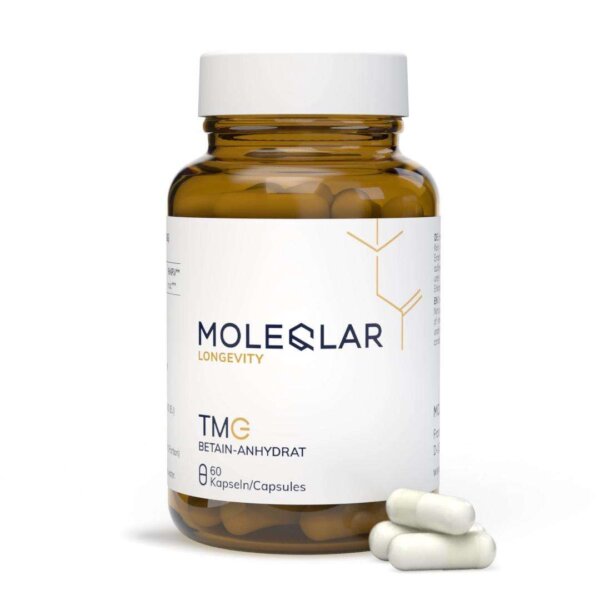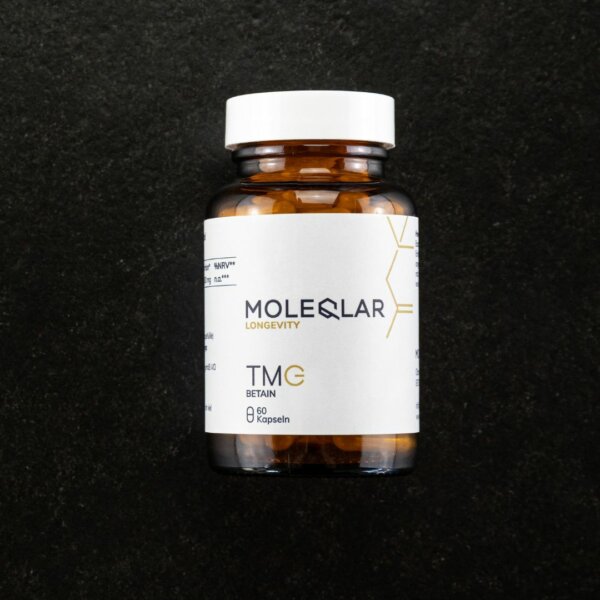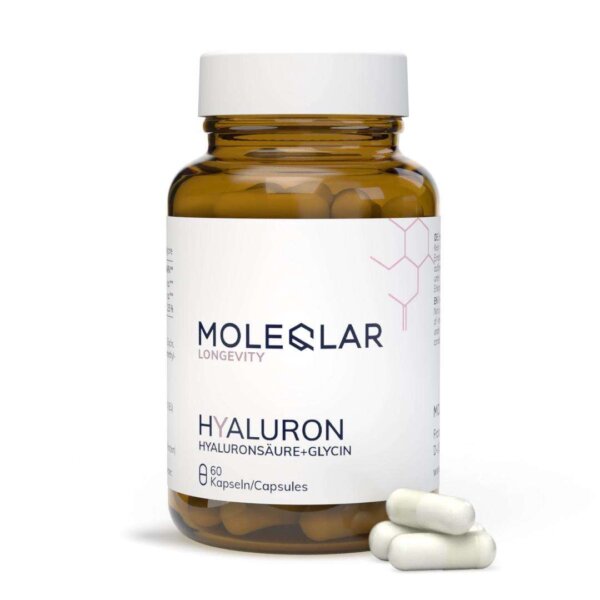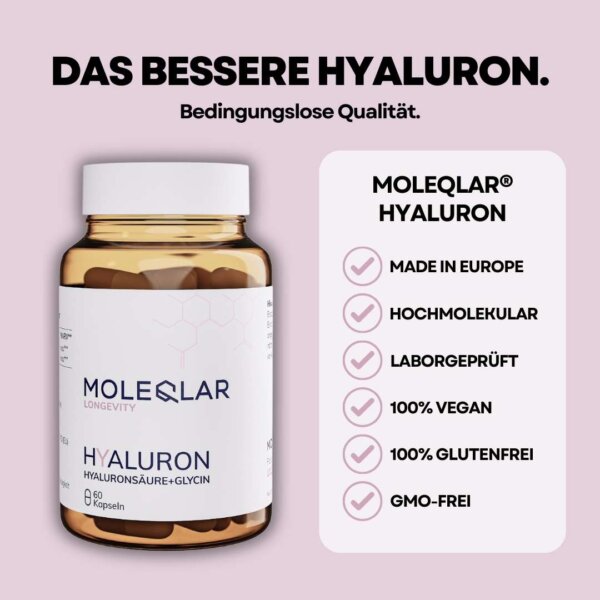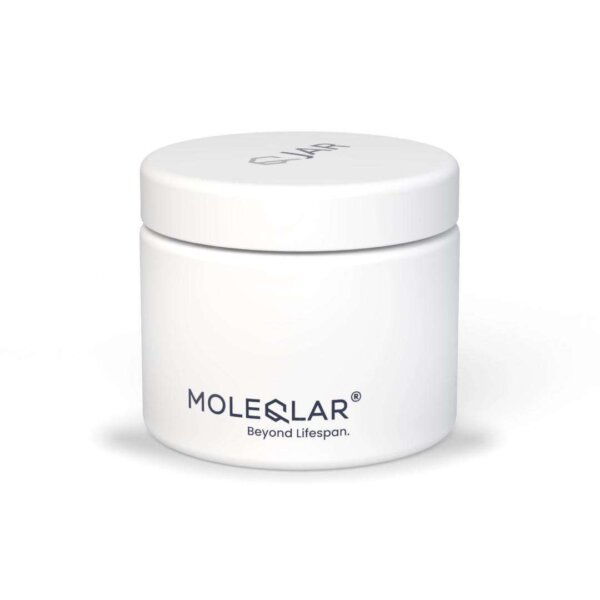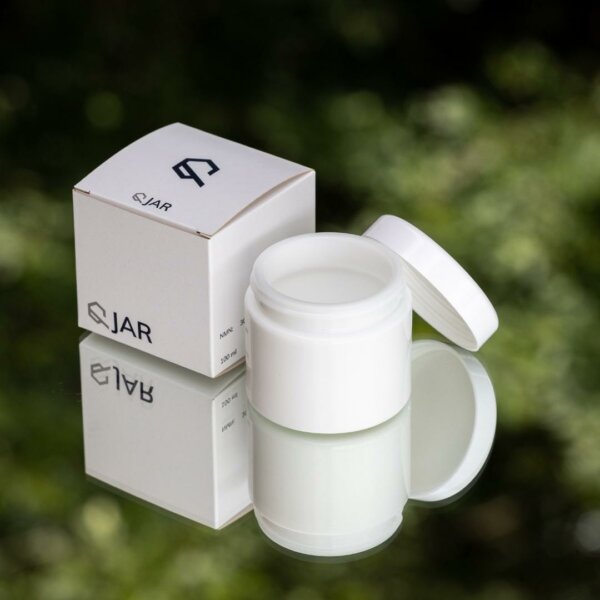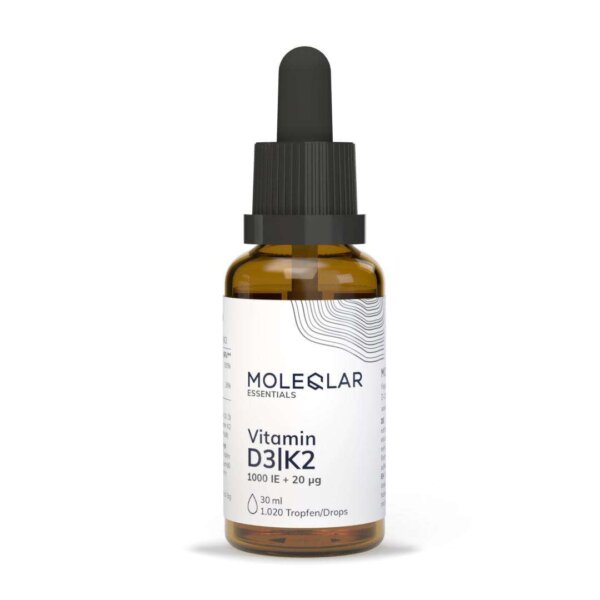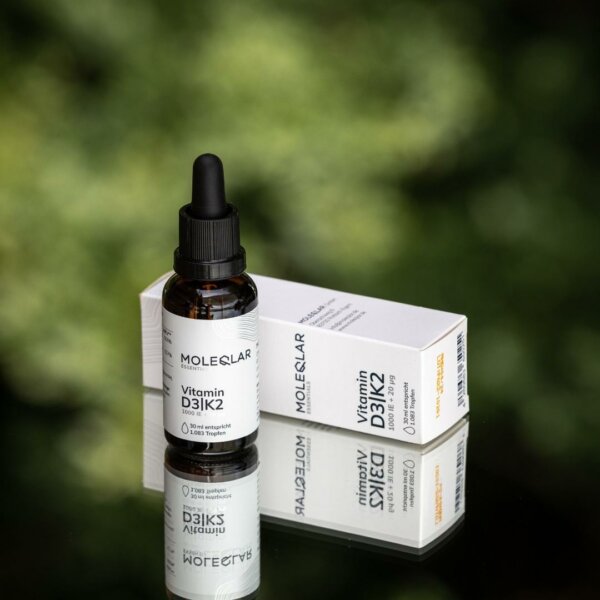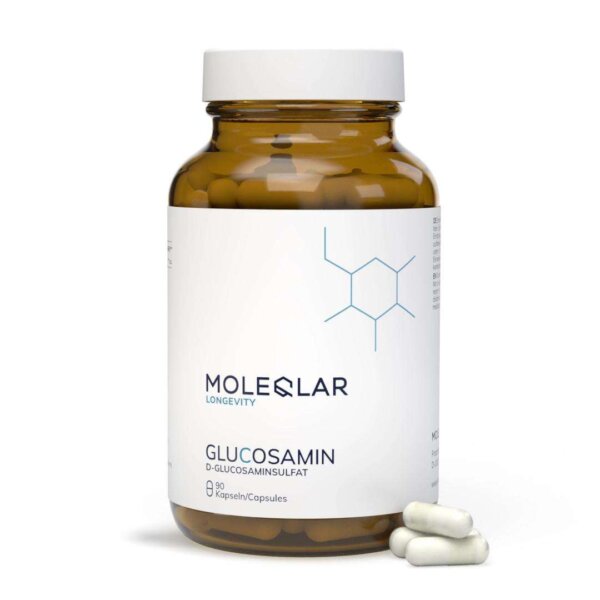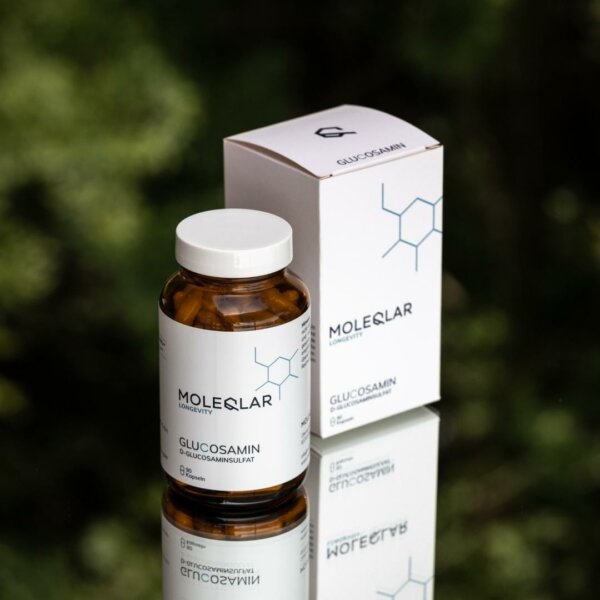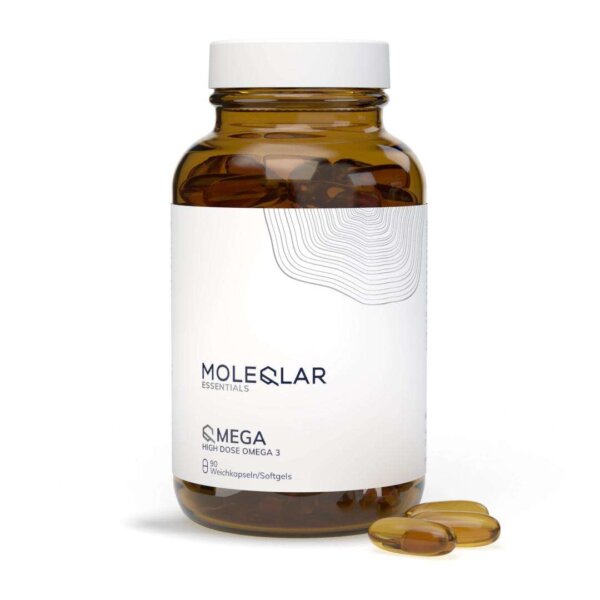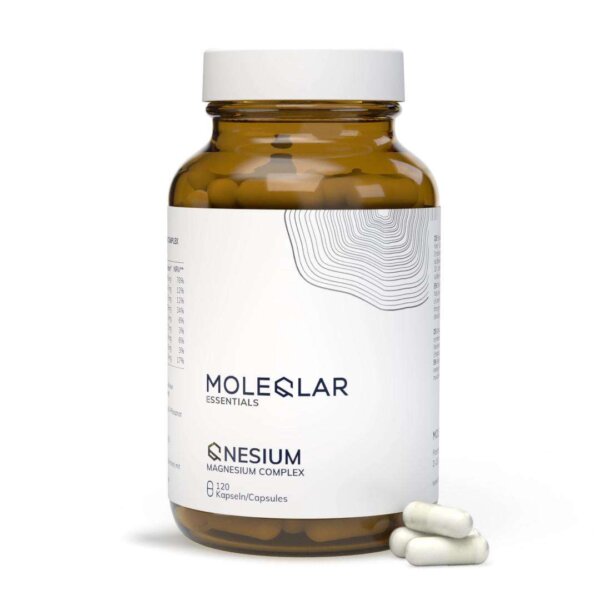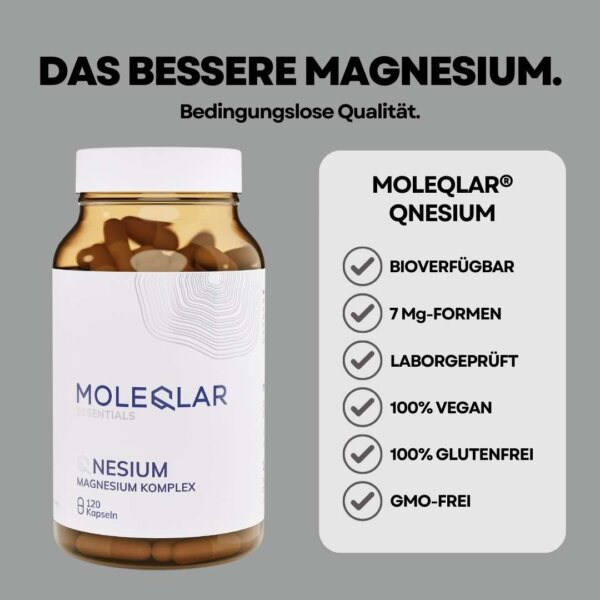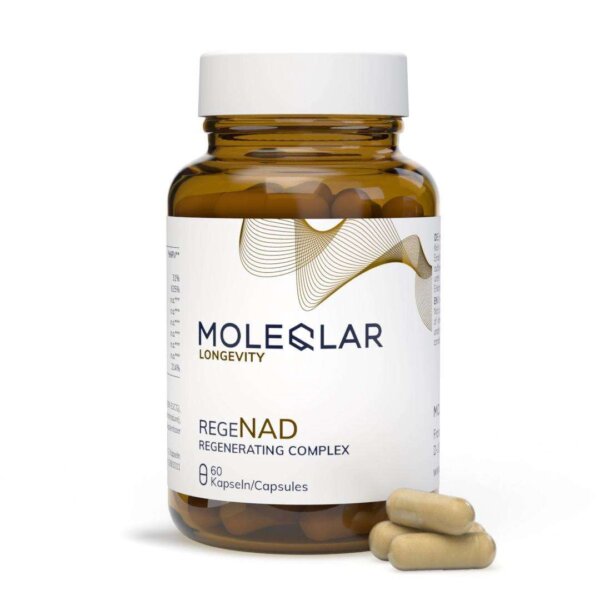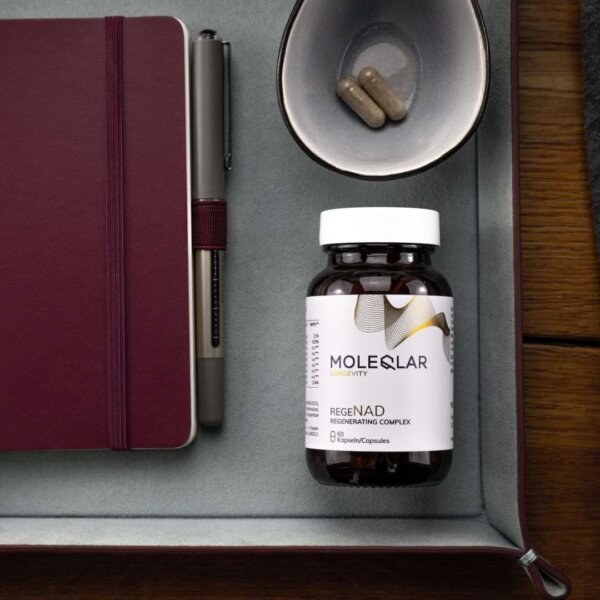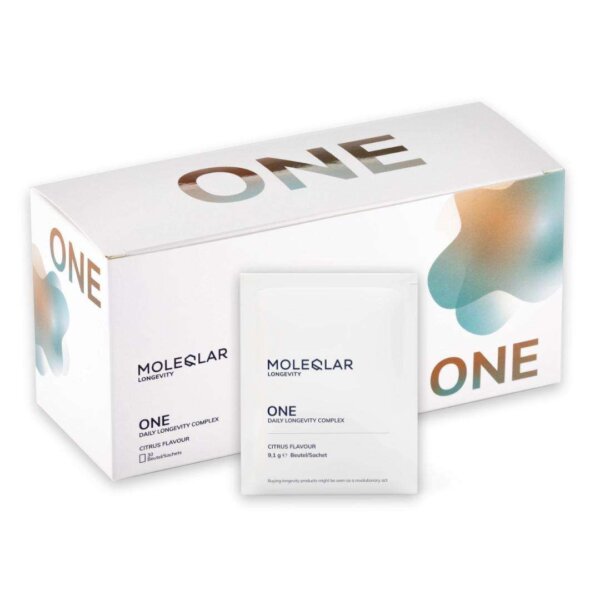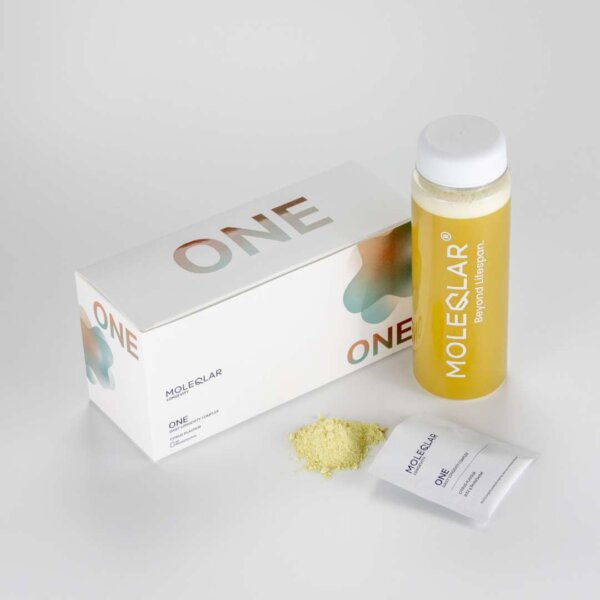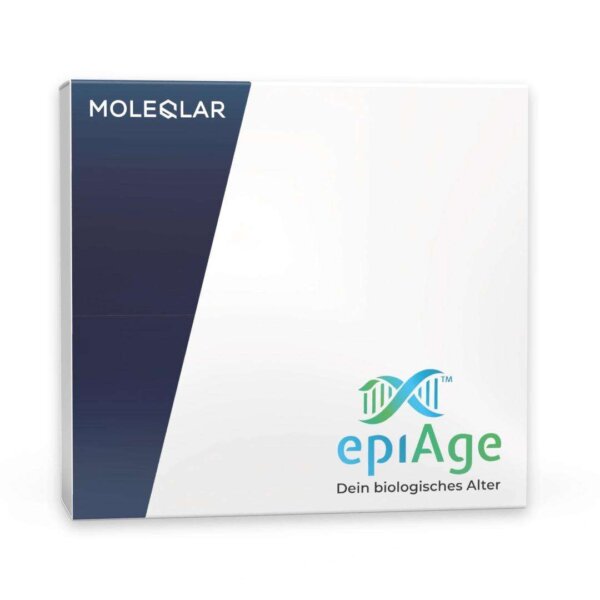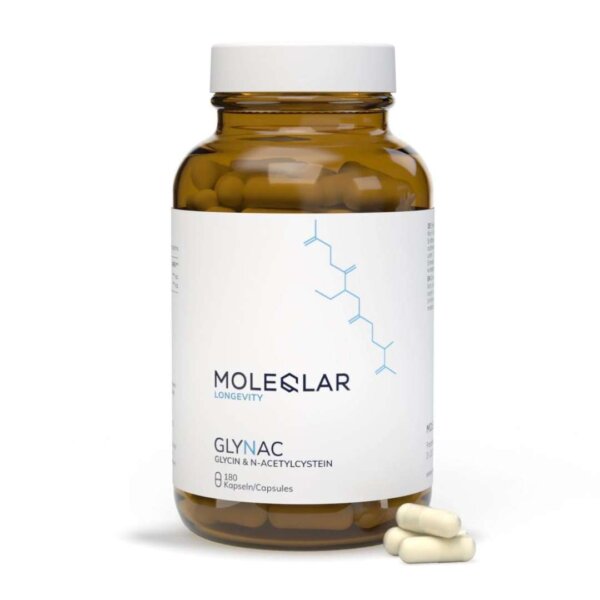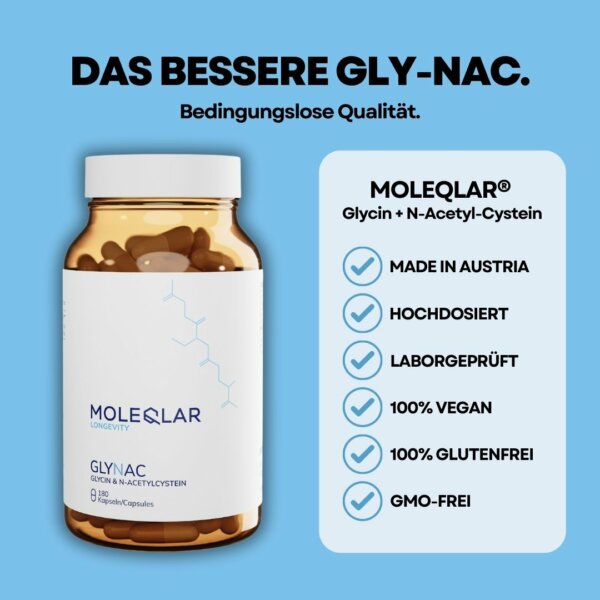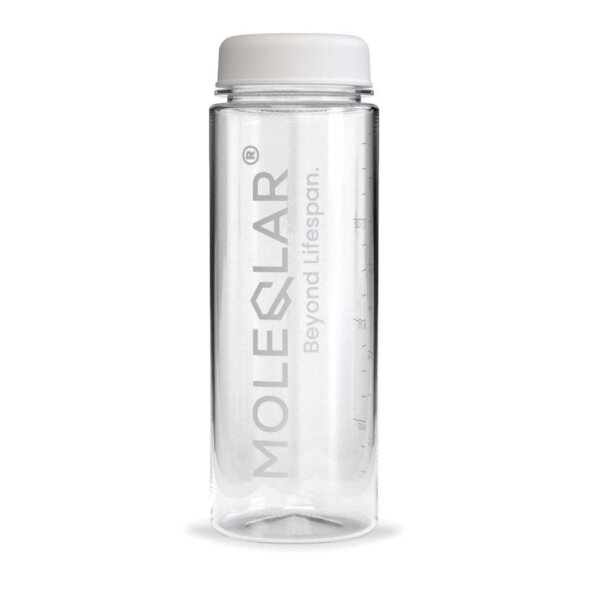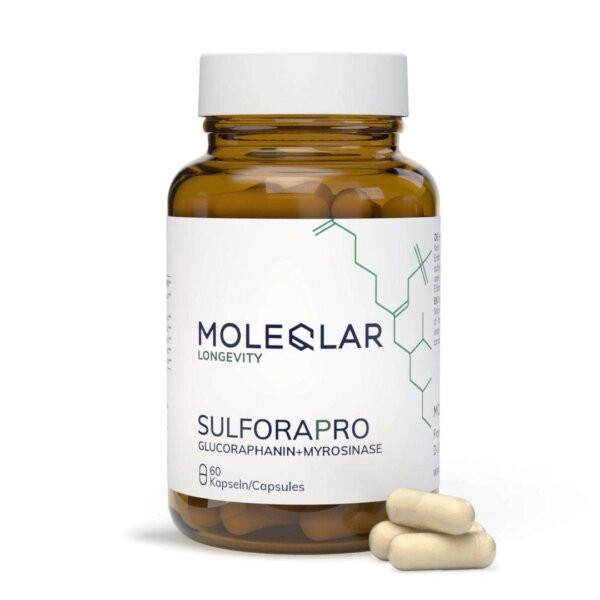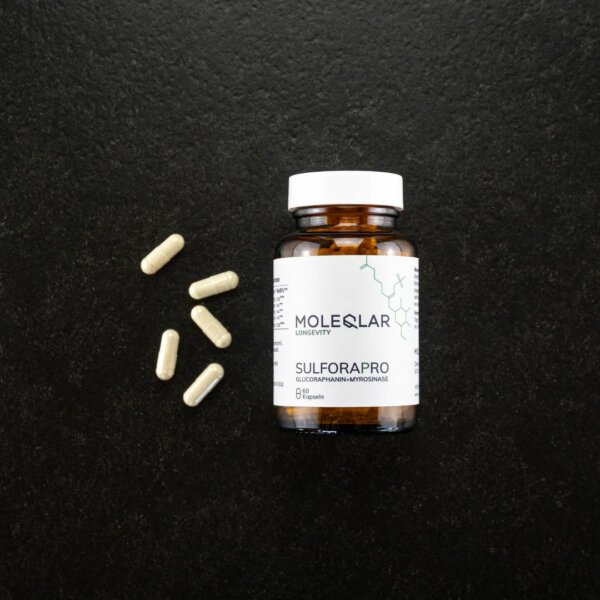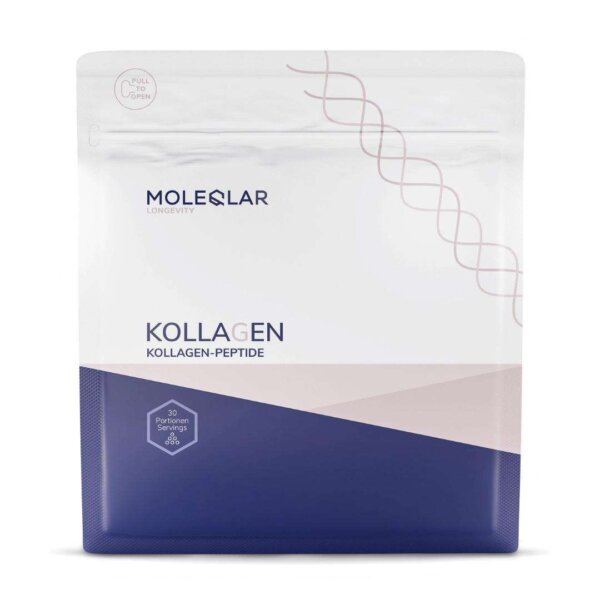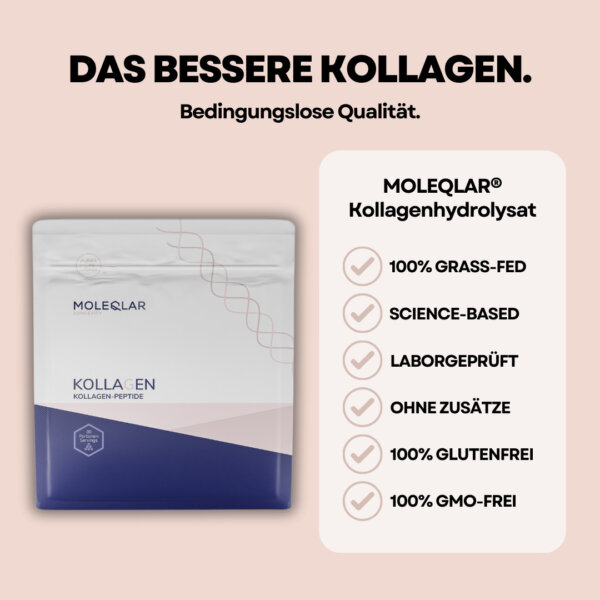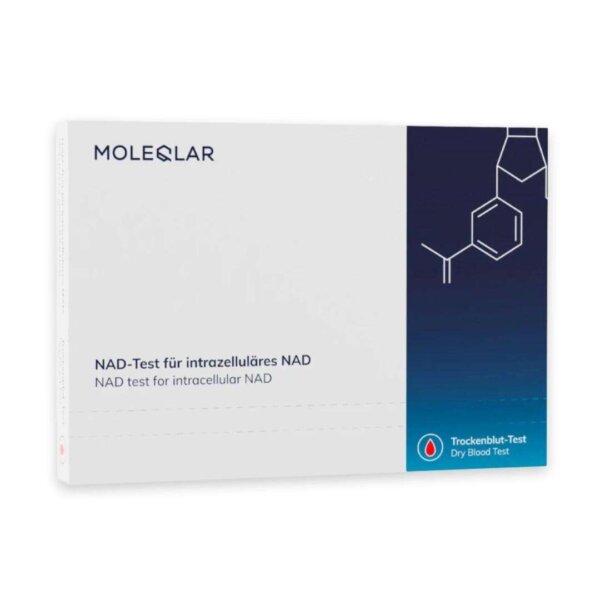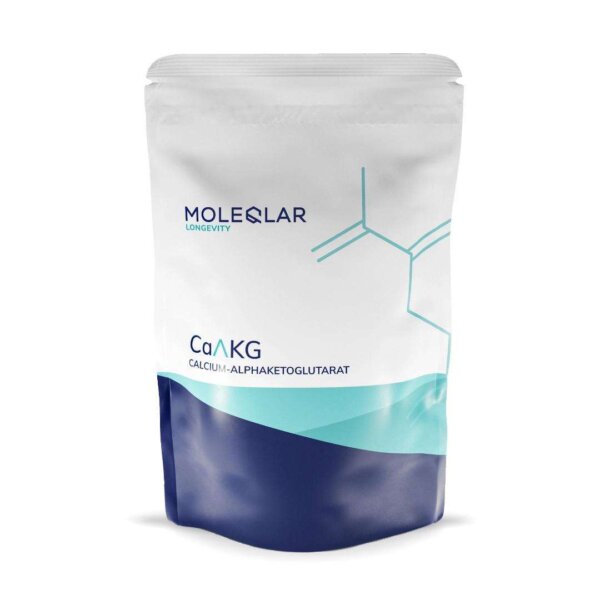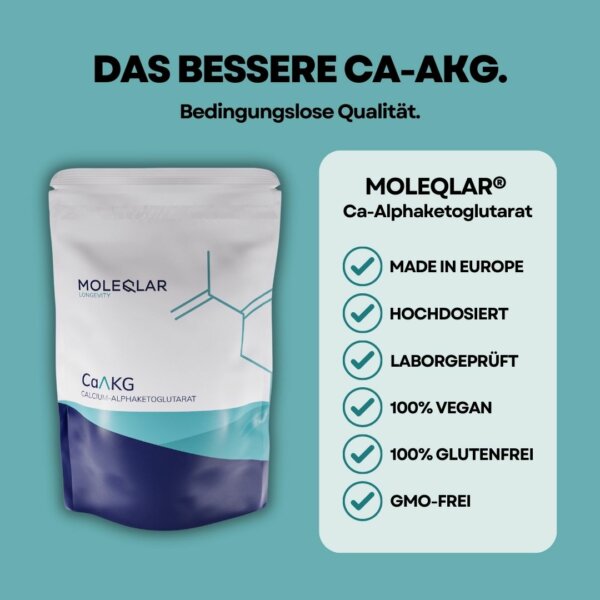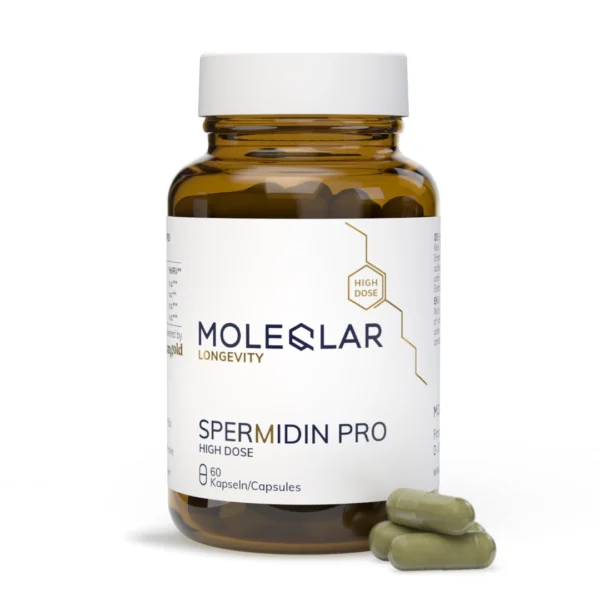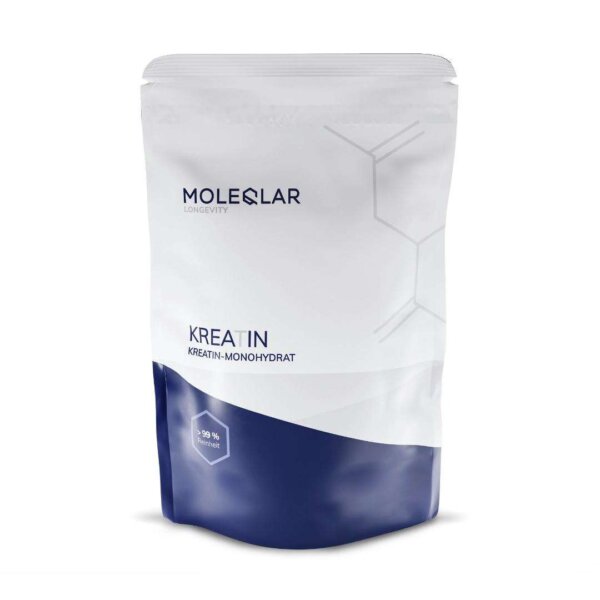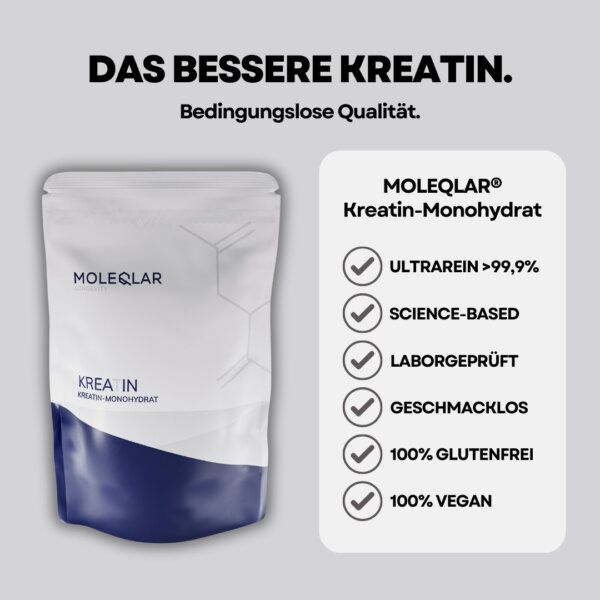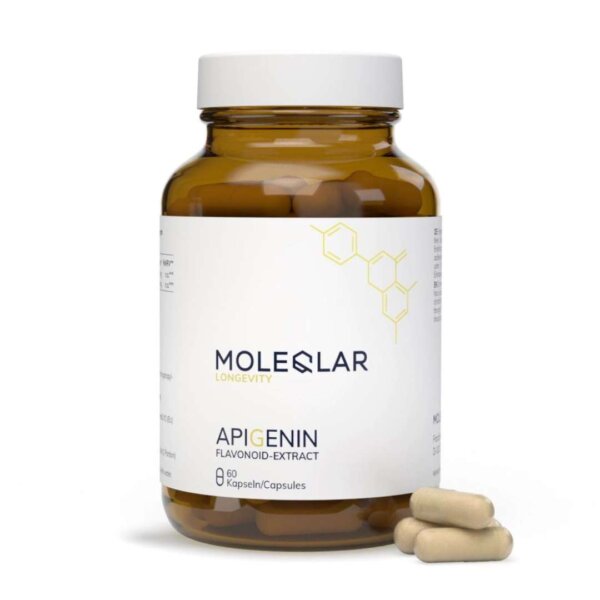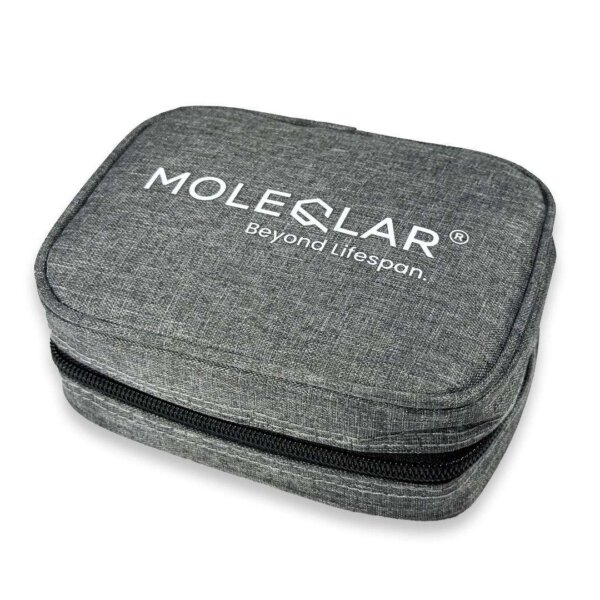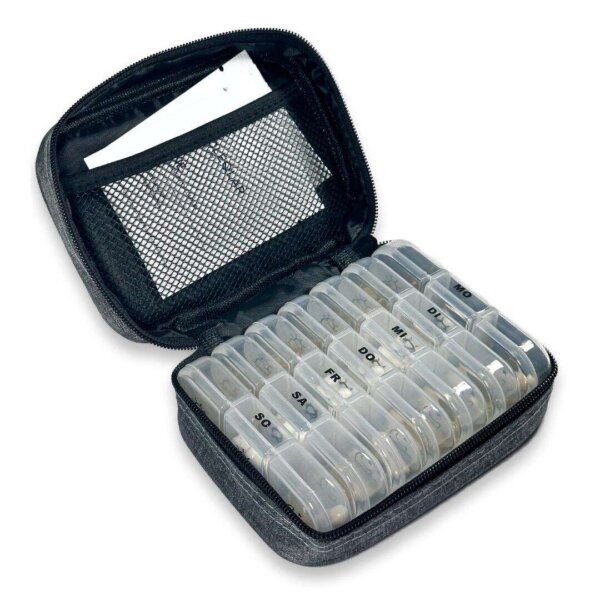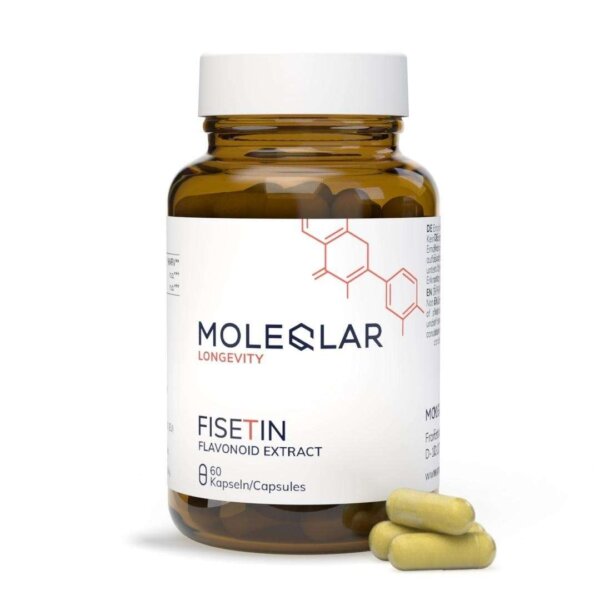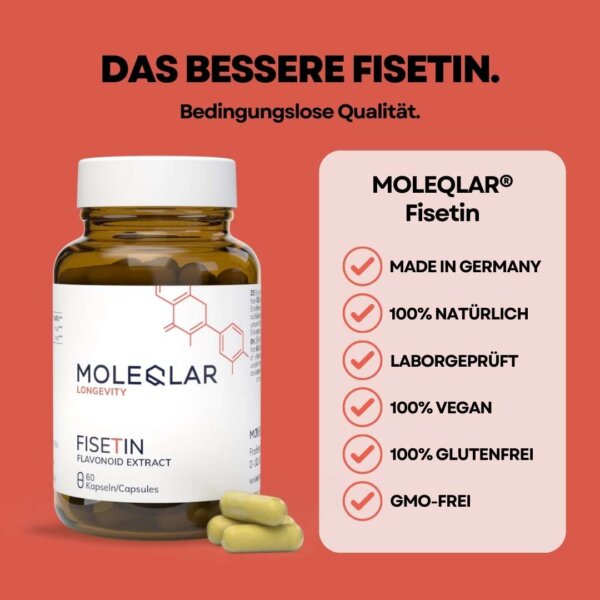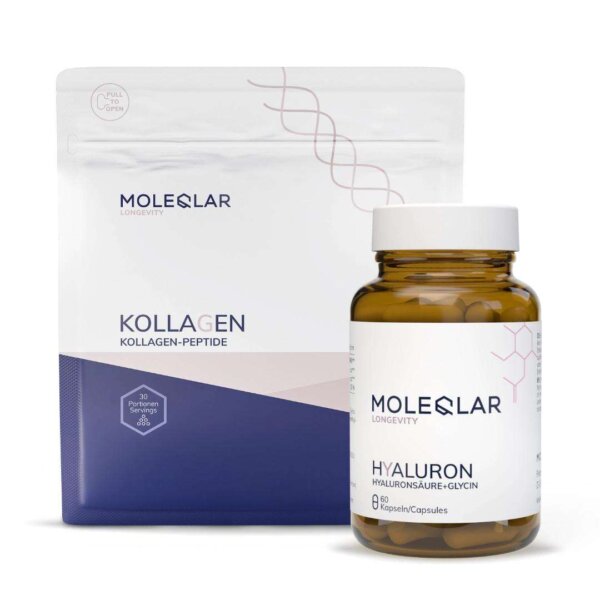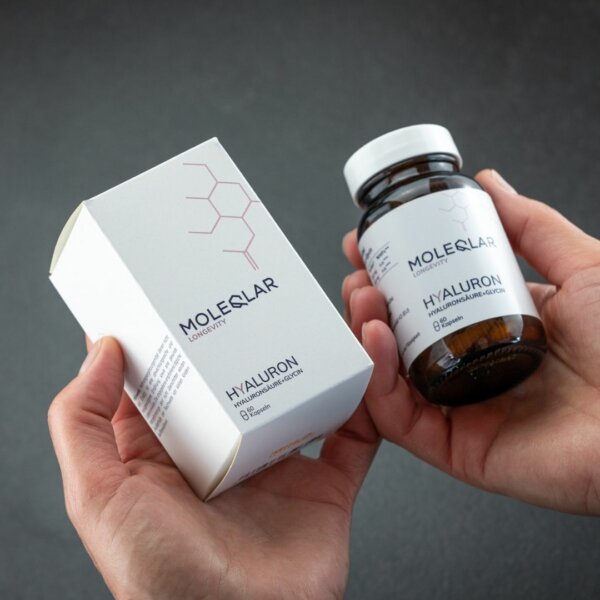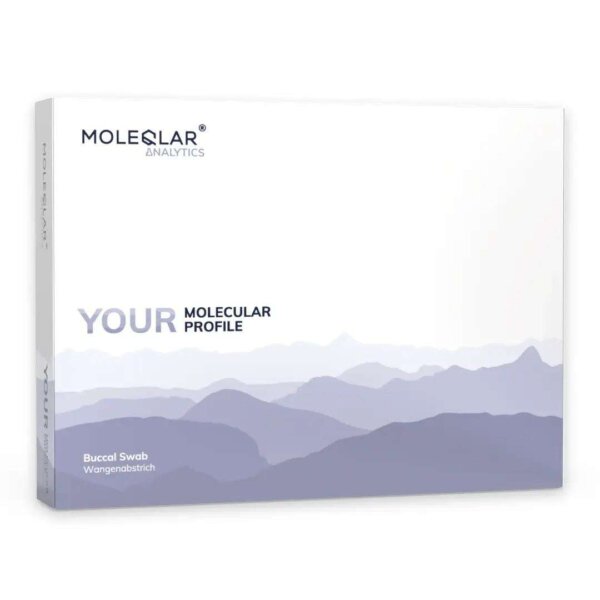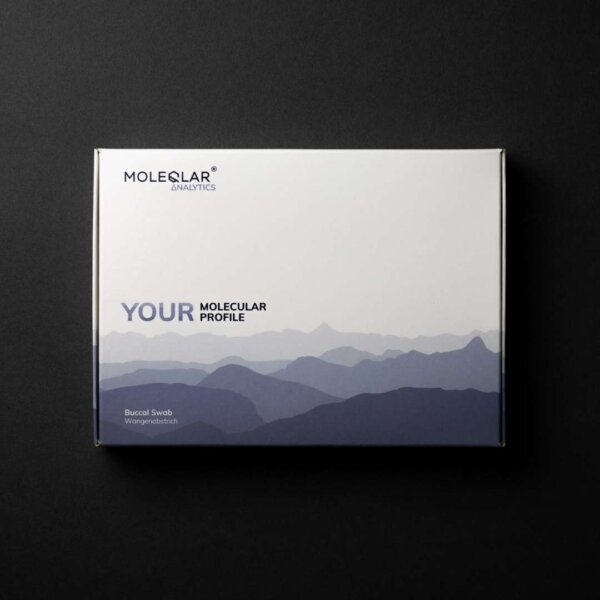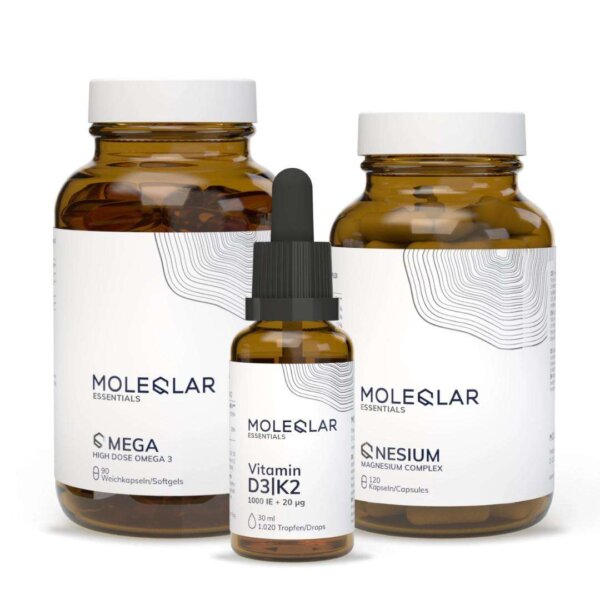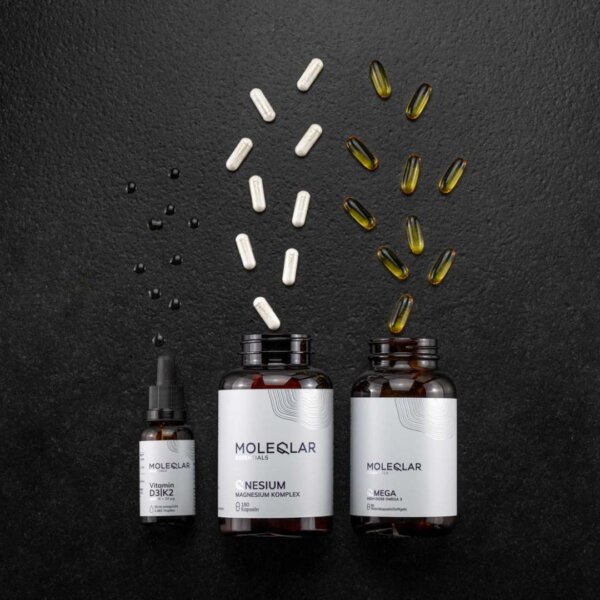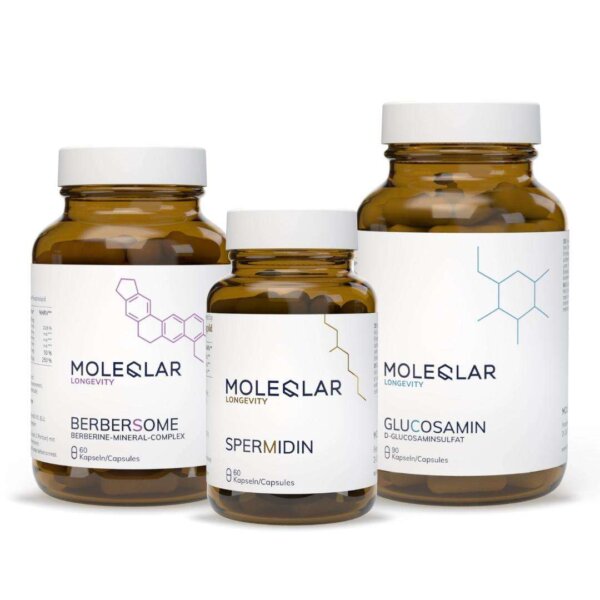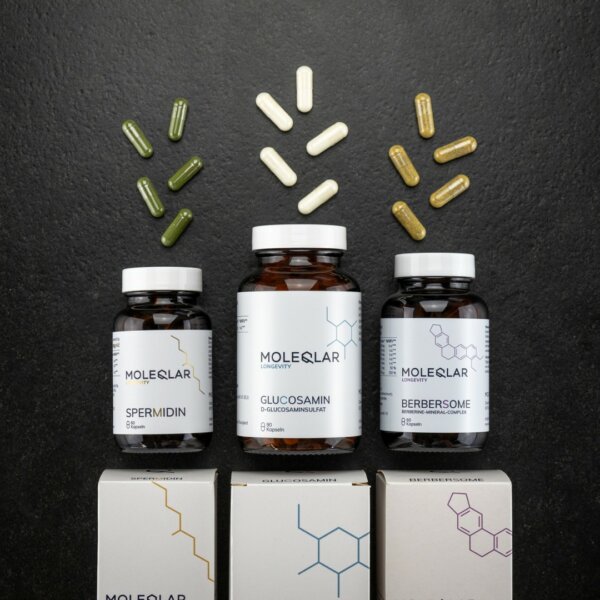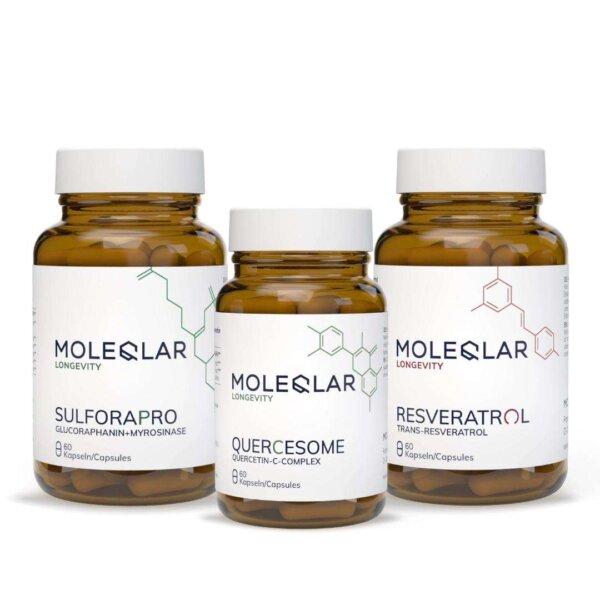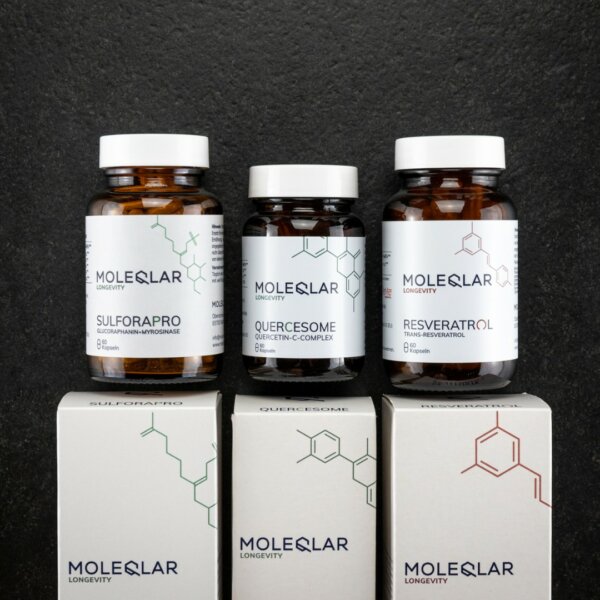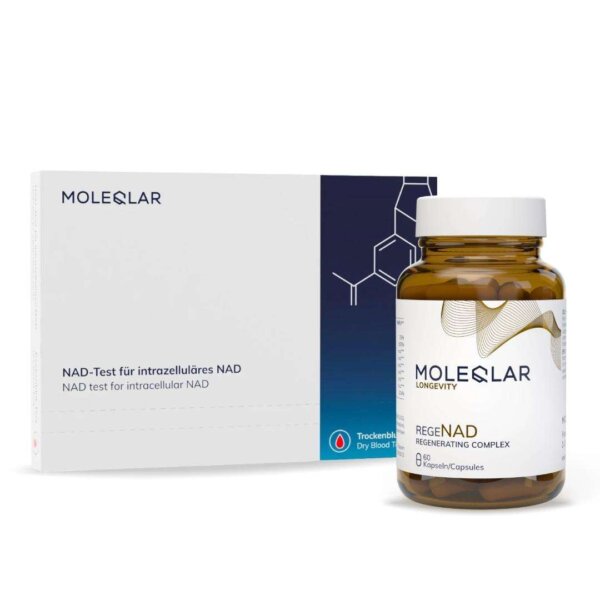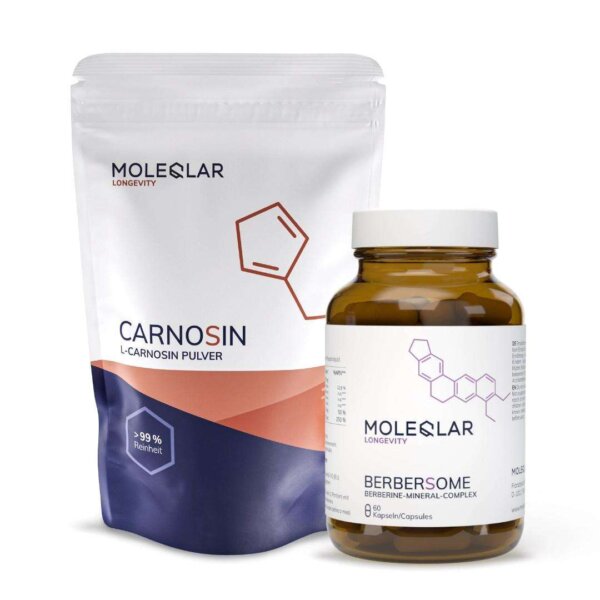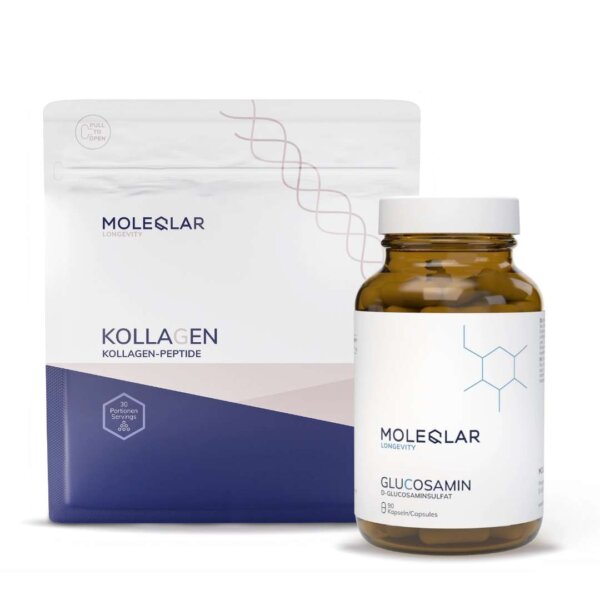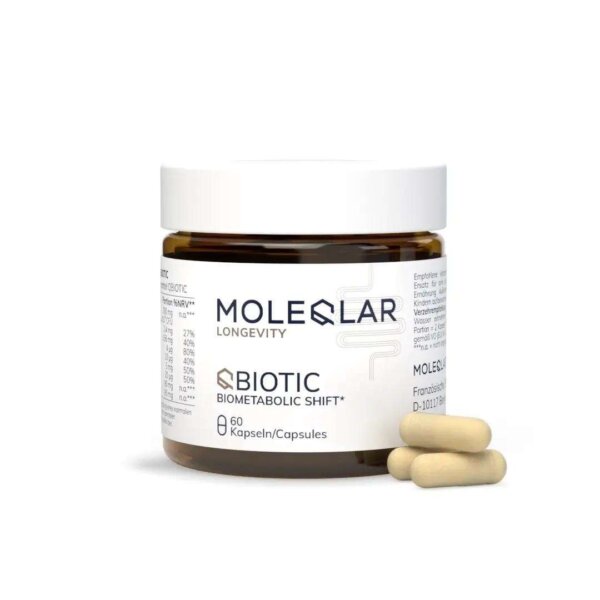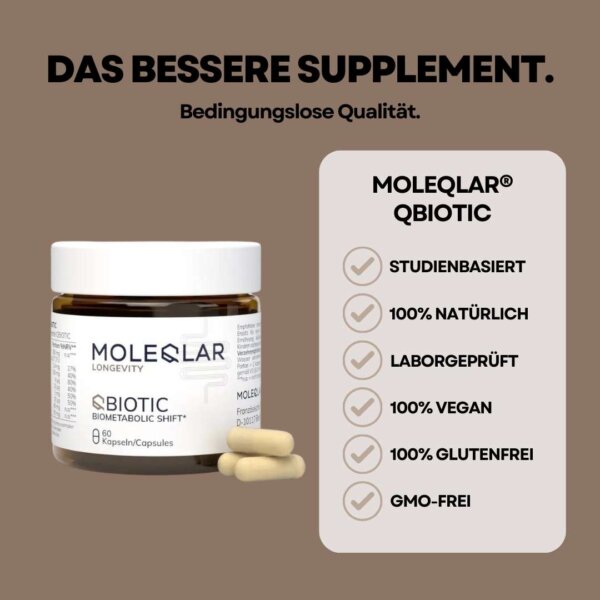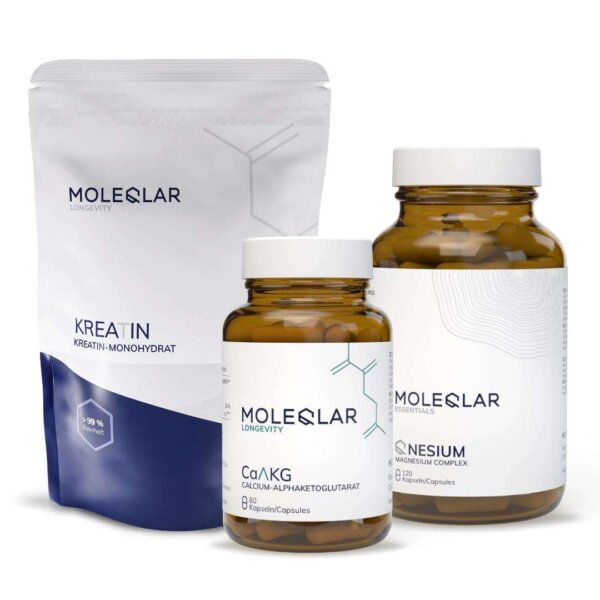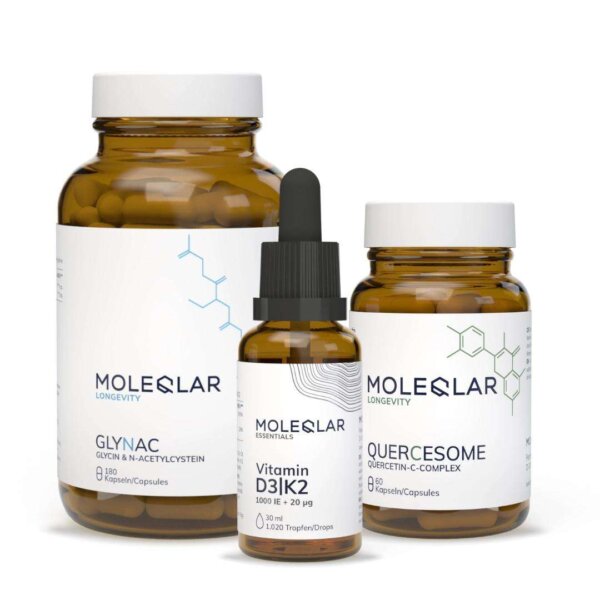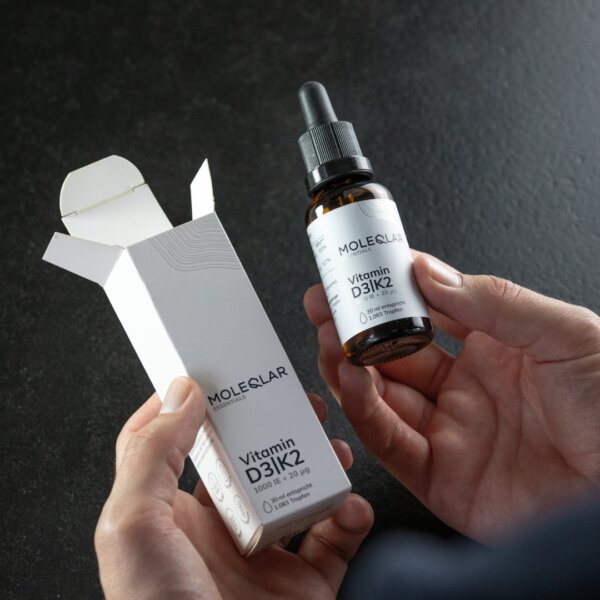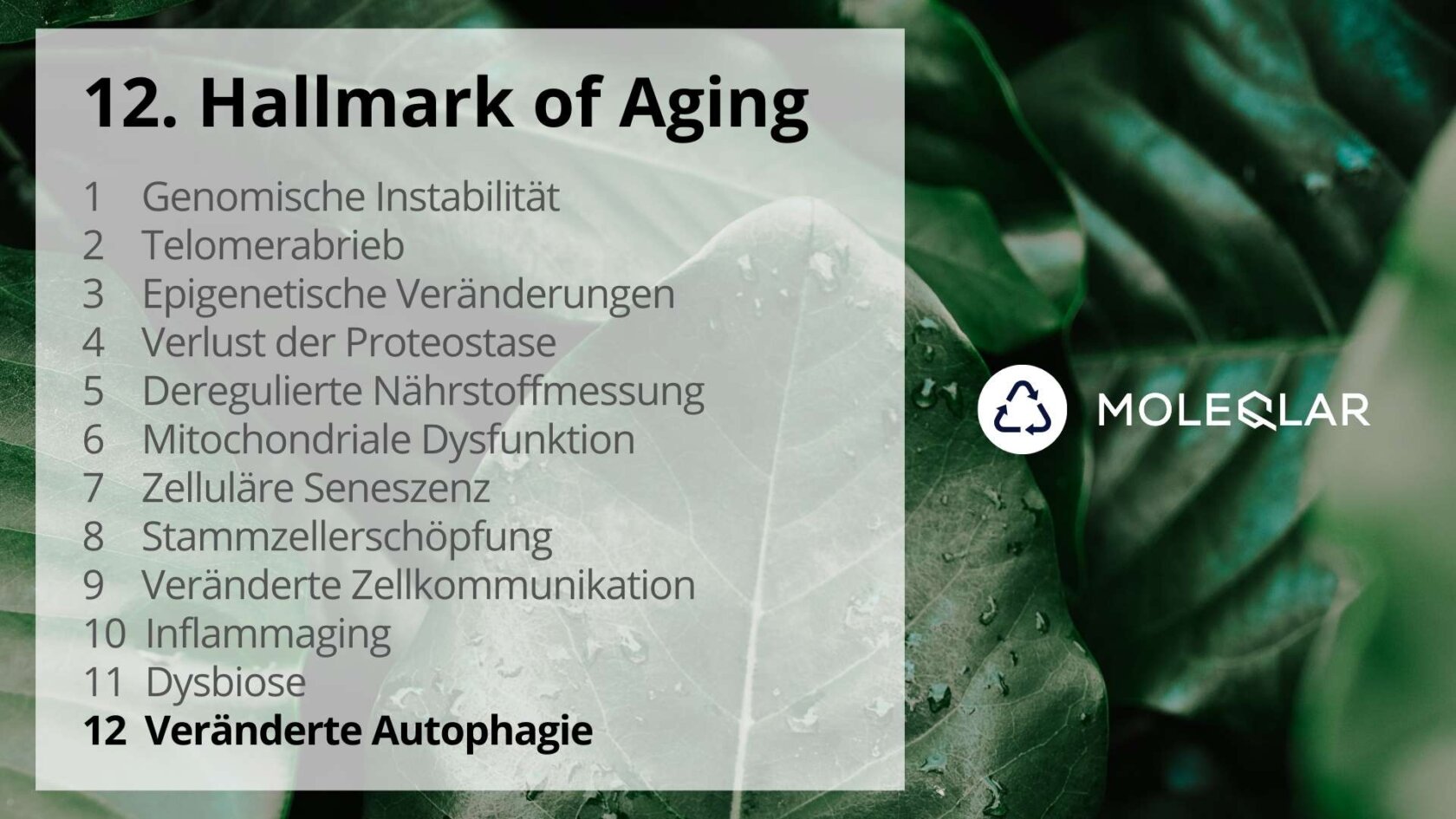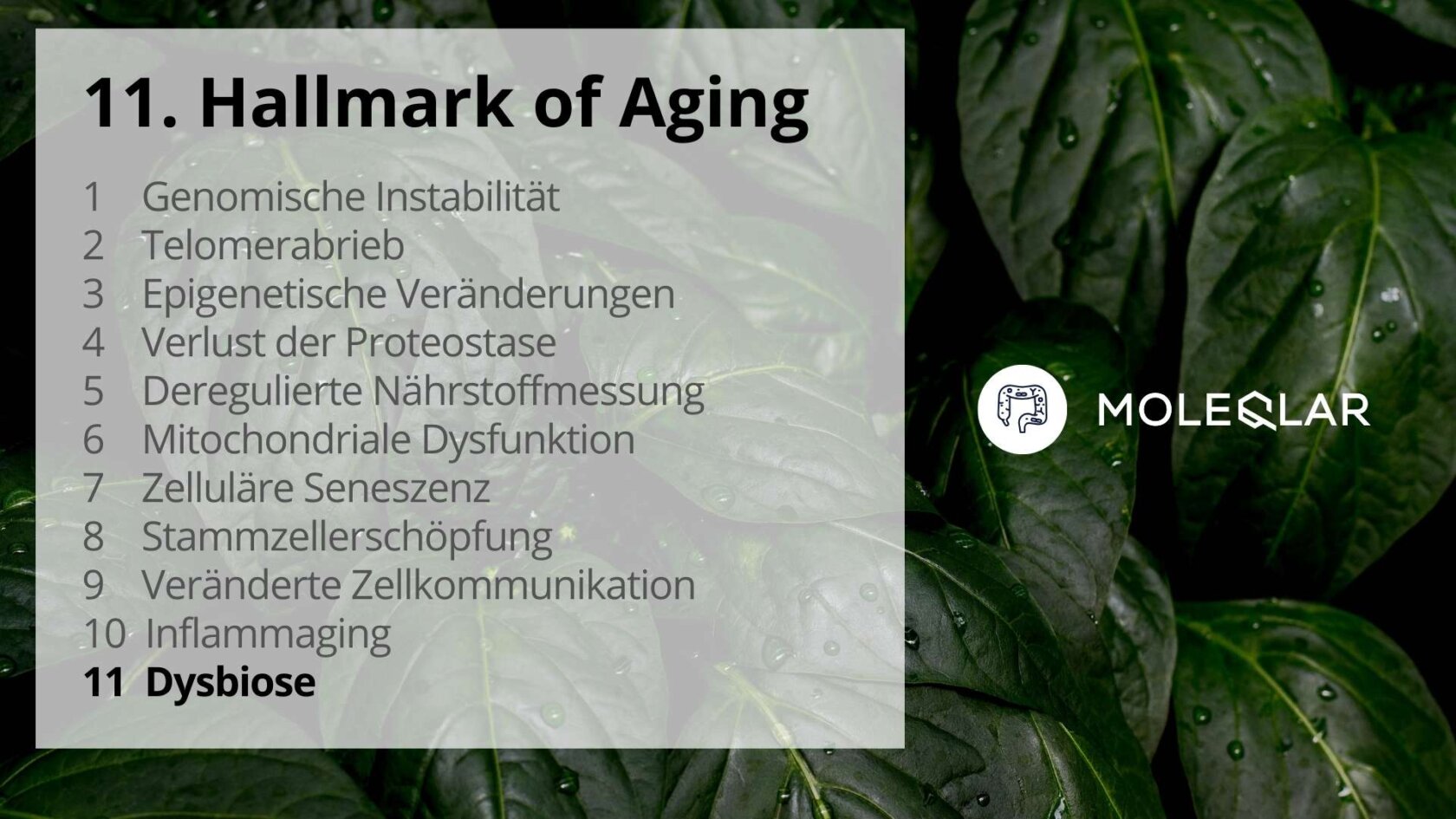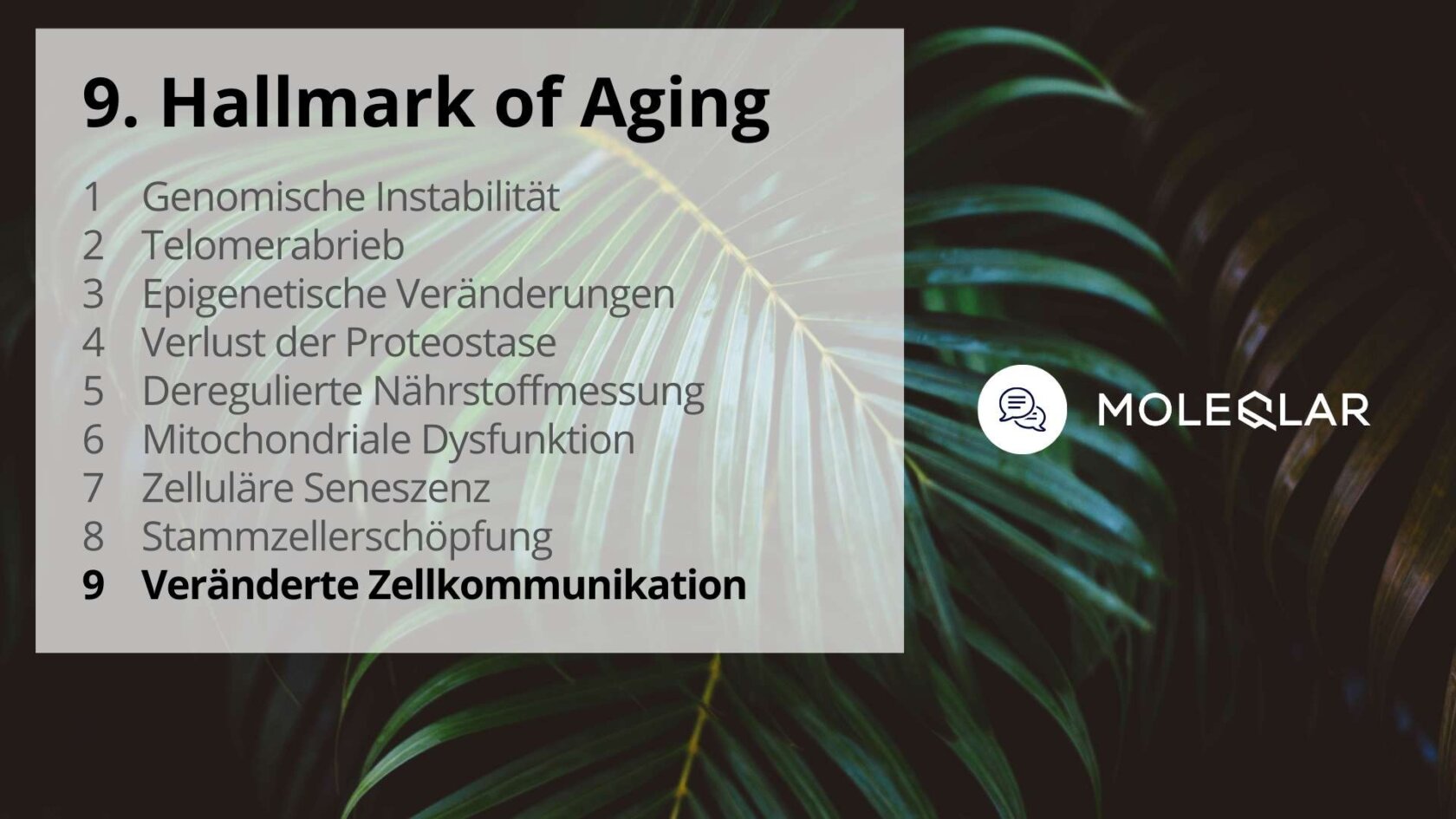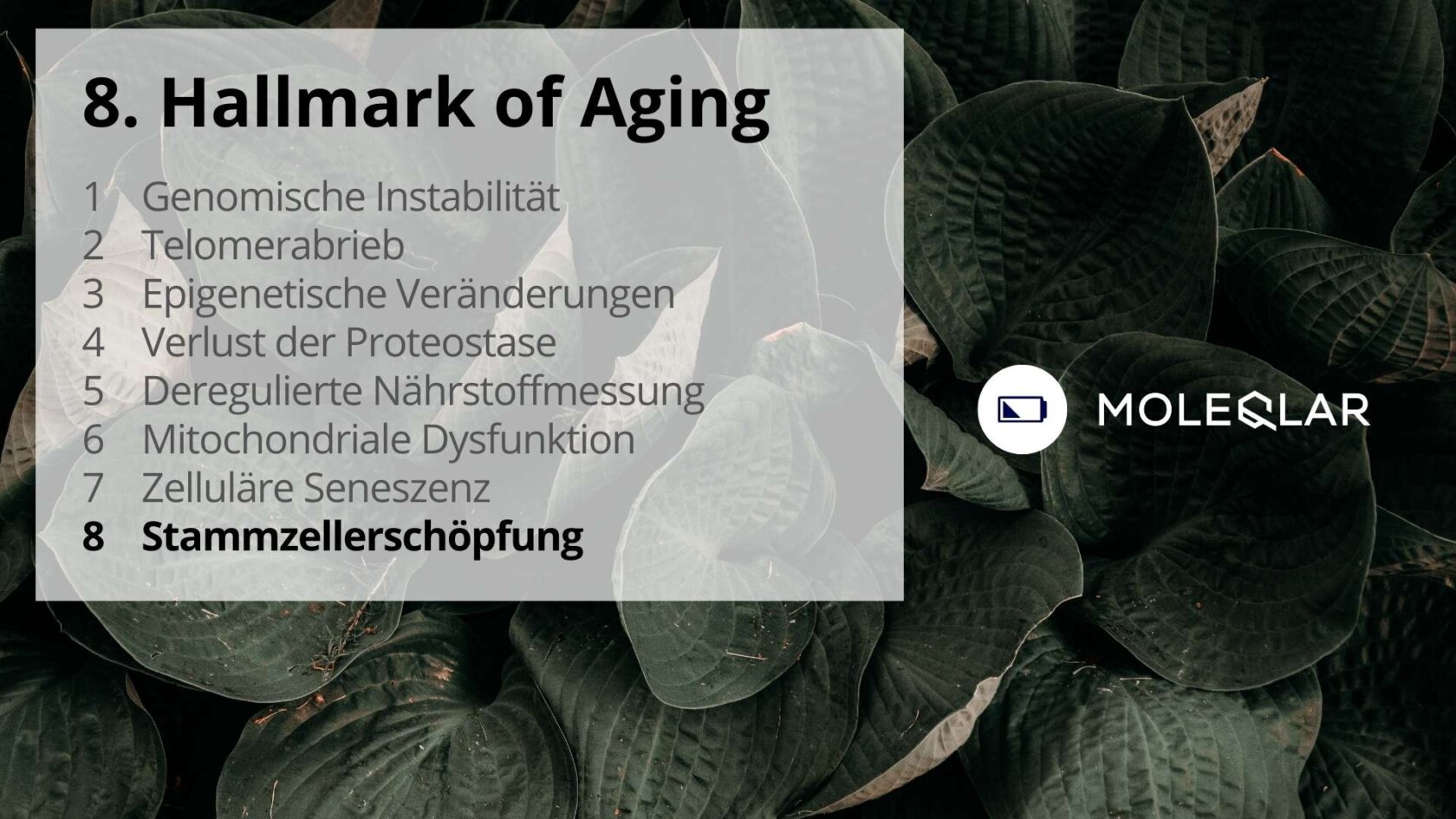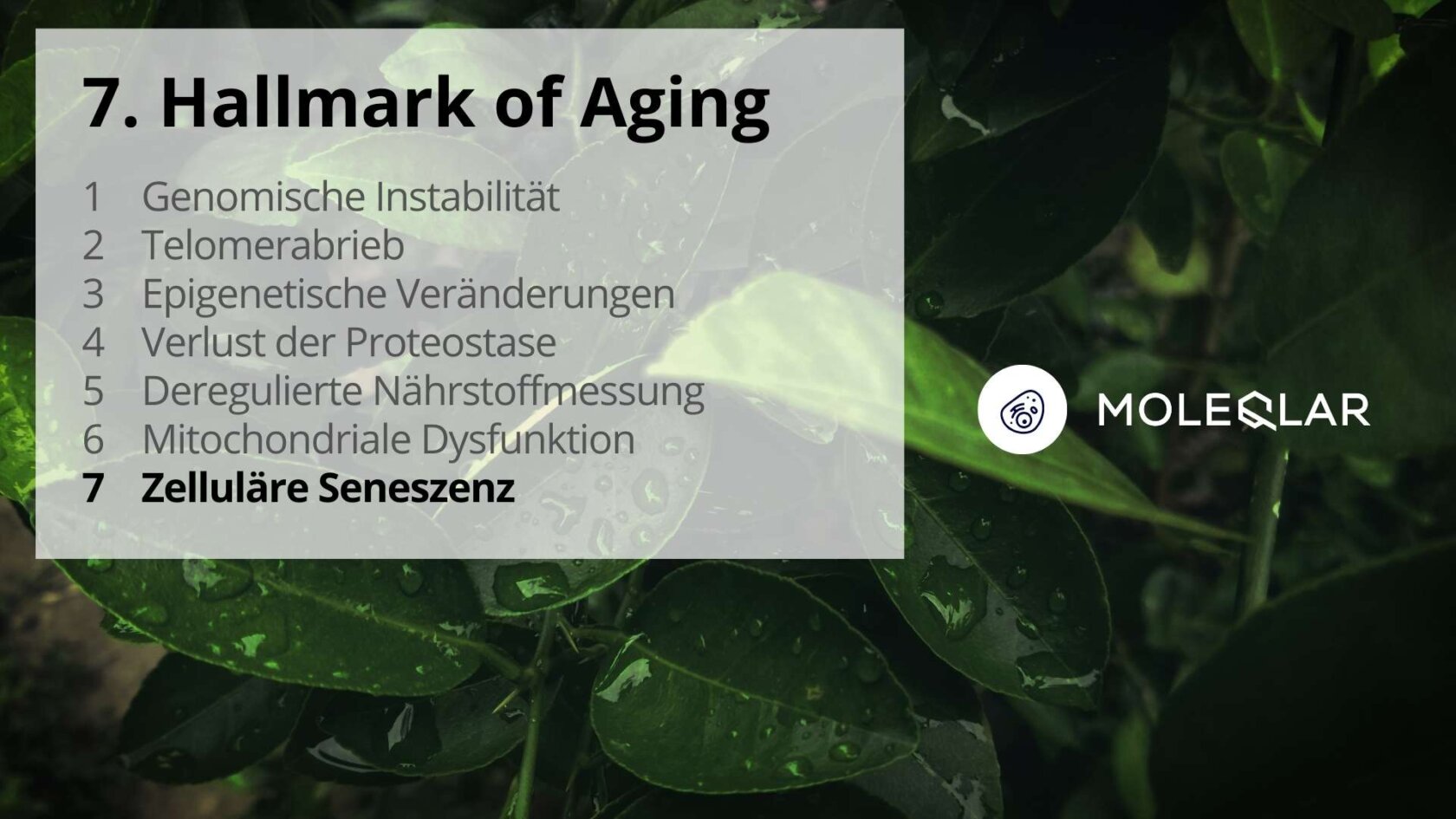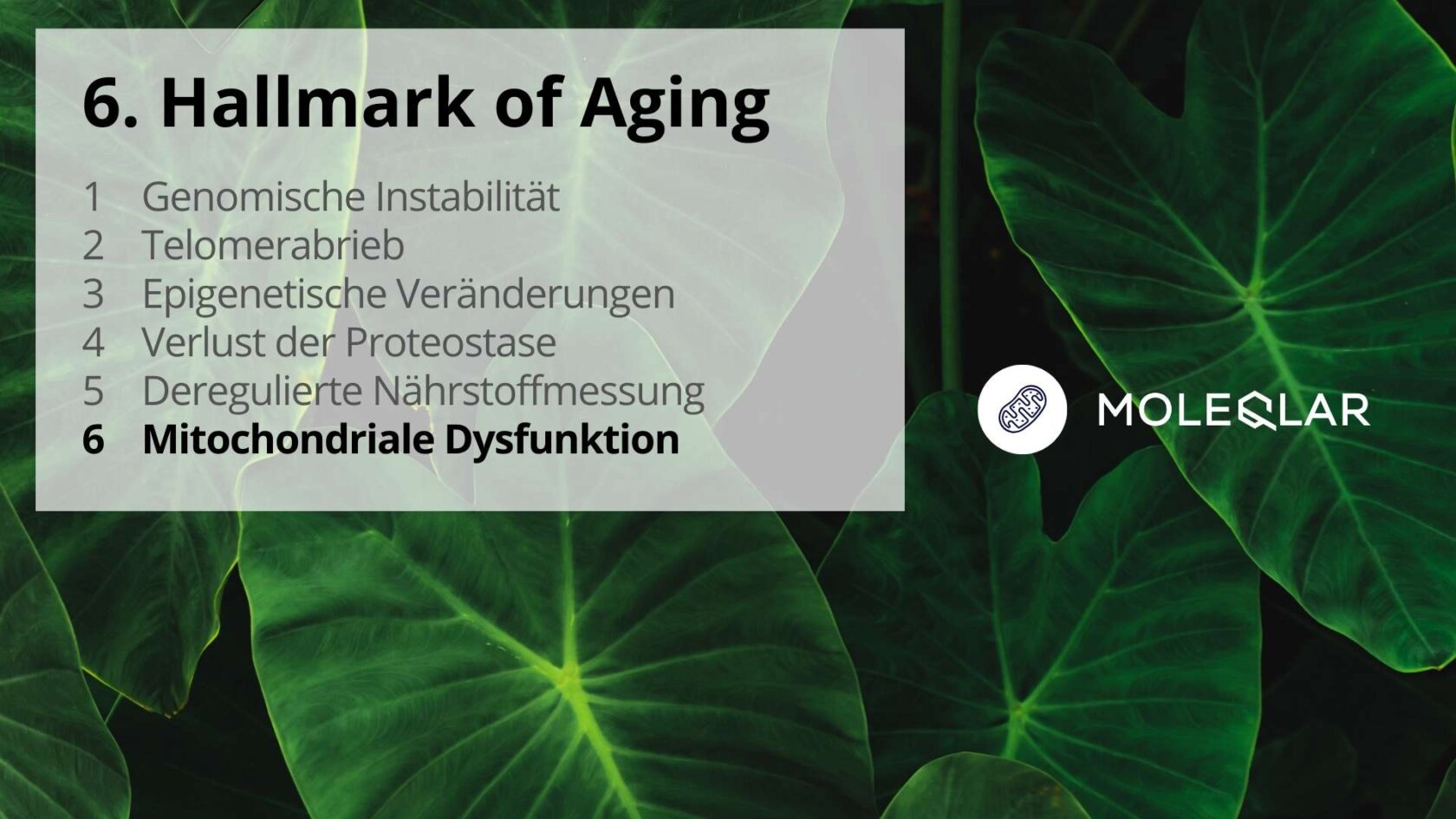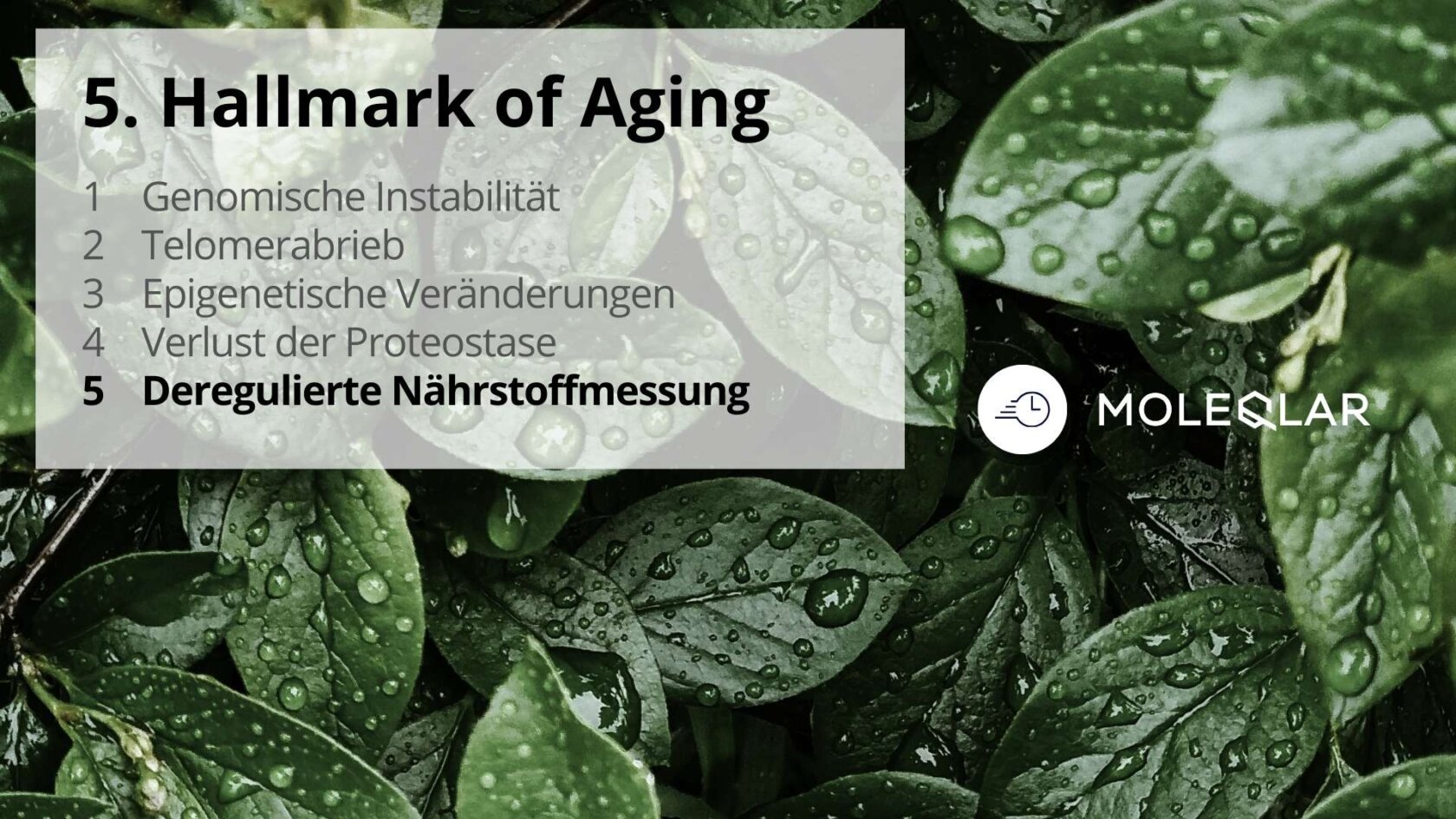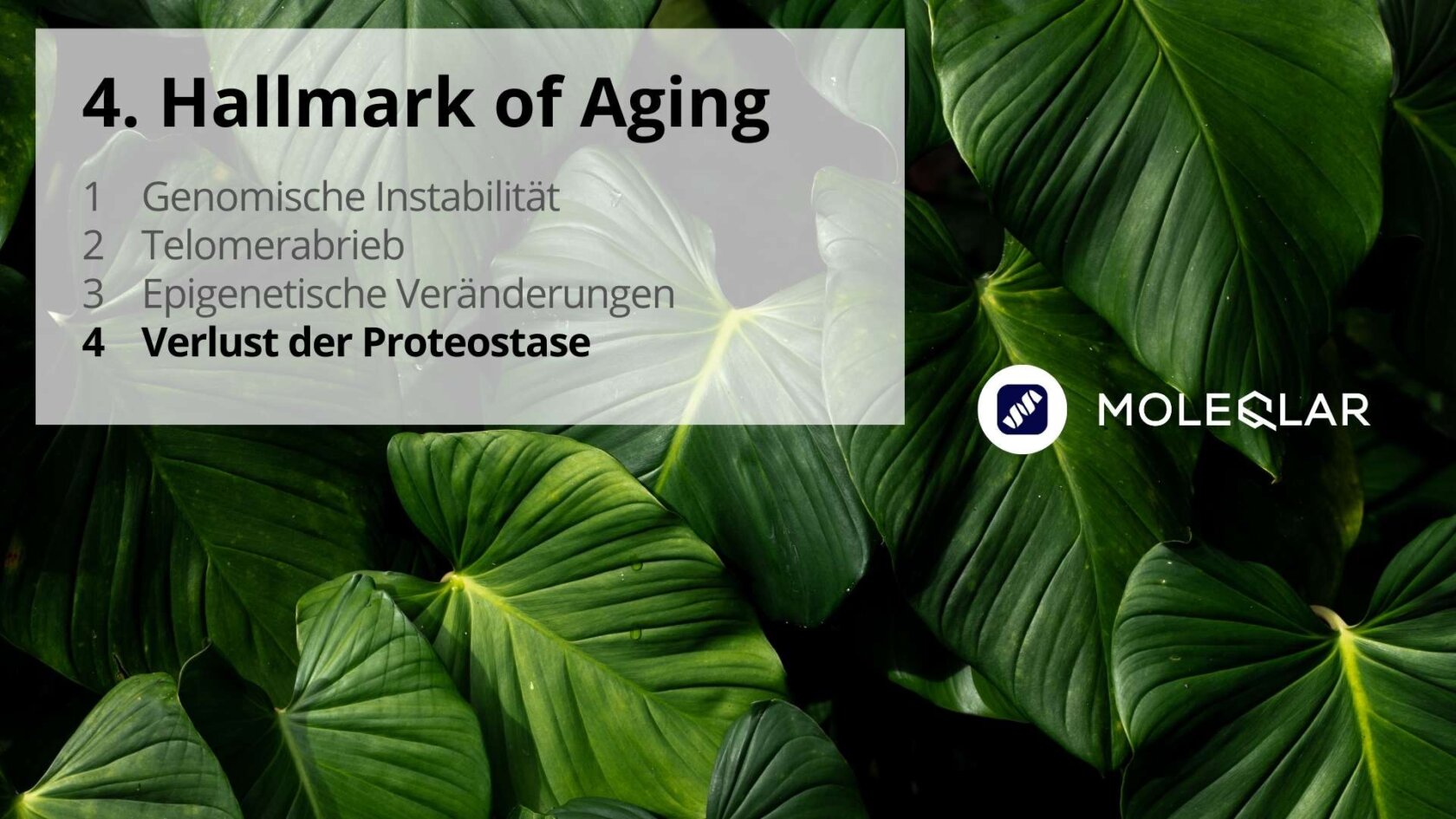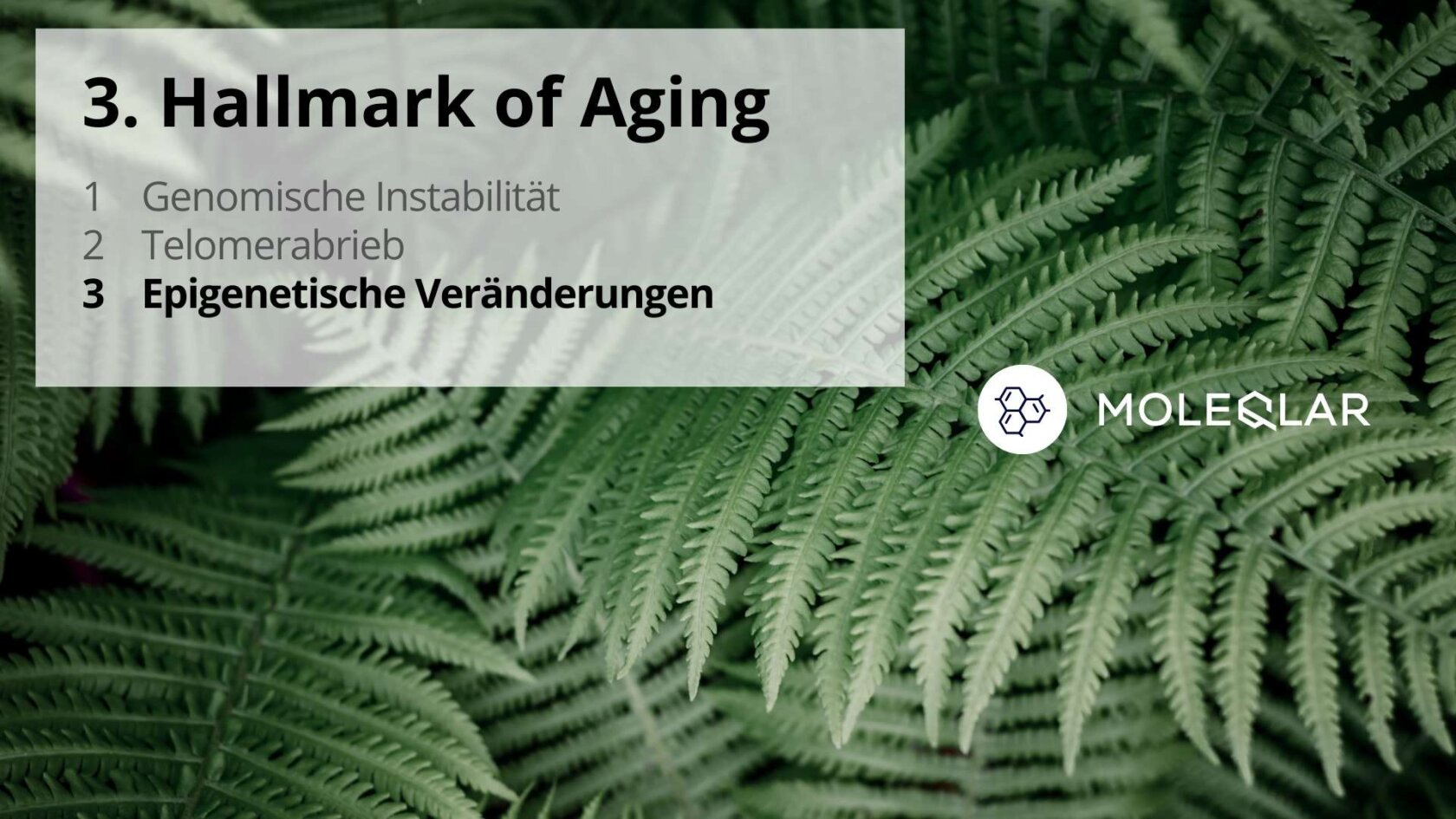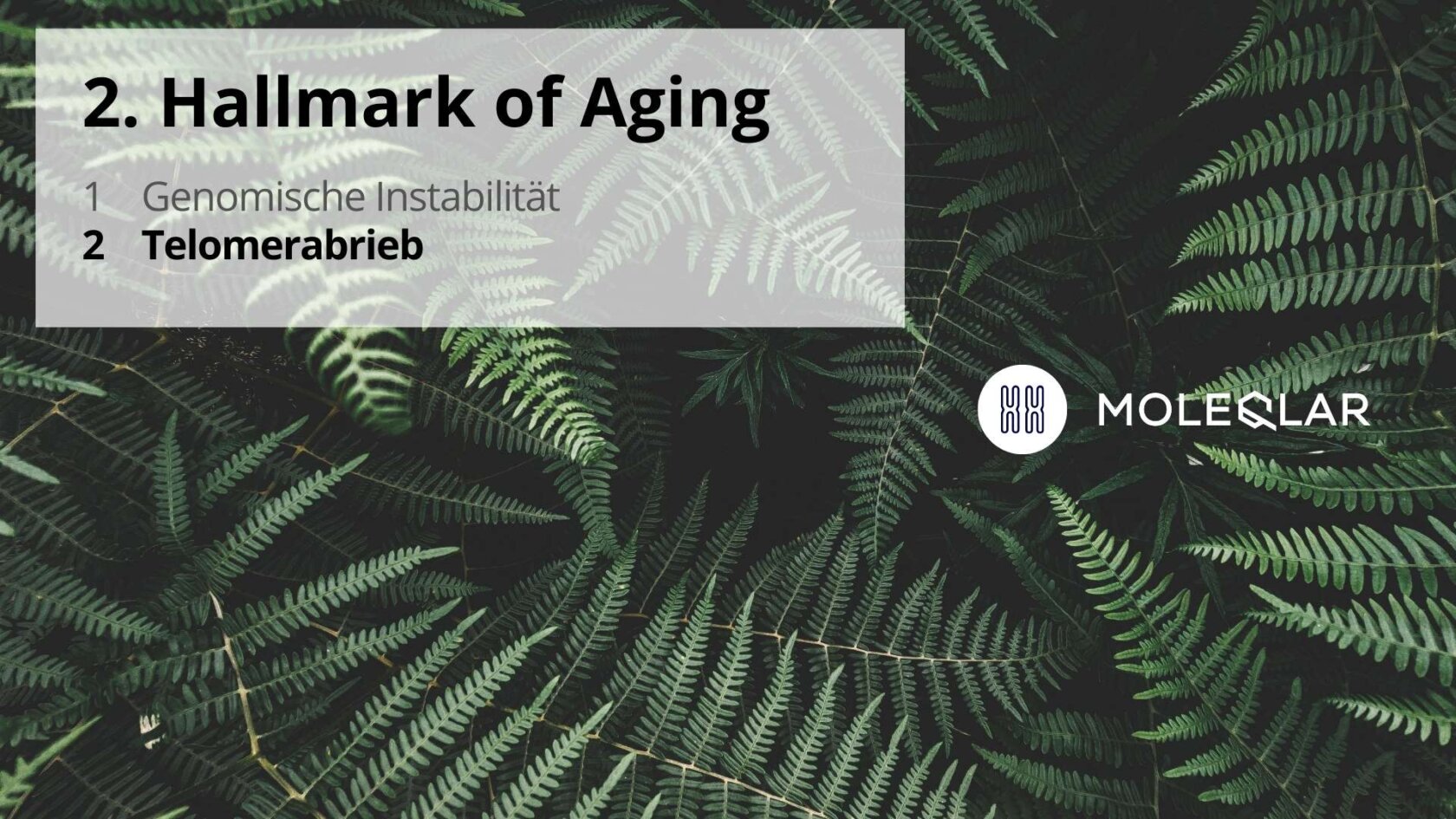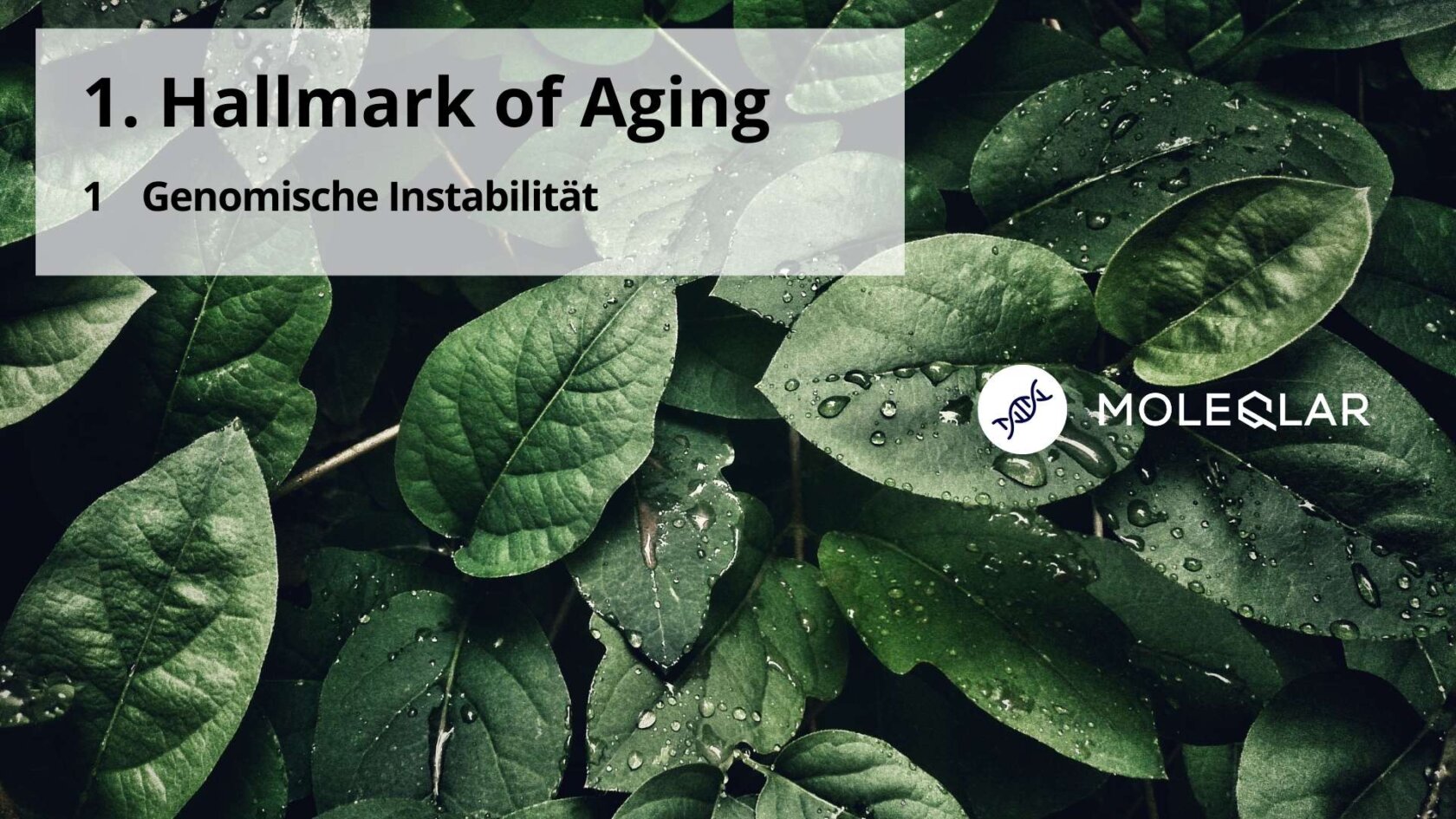The so-called inflammaging ( inflammaging) is one of the hallmarks of ageing and is one of the most prominent age-related changes in cell-cell communication. Inflammation has many causes. Accumulation of tissue damage, failure of the immune system, pathogens or the body's inability to remove dead cells are just a few examples.
In addition, we learned in the section on cellular senescence that senescent cells tend to release pro-inflammatory substances into their environment. On a molecular level, the increased activation of NF-kB, a transcription factor and longevity pathway, leads to the development of inflammation. All these circumstances ultimately ensure that a more or less large group of cells produces a certain group of messenger substances: Interleukin-1b, tumor necrosis factor and interferons.
Complicated names with even more complicated functions. All we need to know at this point is that these substances are distributed throughout the body via the bloodstream, thereby disrupting communication between cells.
Inflammation and the immune system
Inflammation is also involved in the development of obesity and type 2 diabetes mellitus. These two diseases have a drastic impact on the body and make a major contribution to accelerated ageing in the human population. It is no coincidence that these pathologies are at the forefront of the Global Burden of Disease Study. Inflammation also plays a role in the development of arteriosclerosis.
If the age of inflammation increases, the function of the immune system decreases as a result. This has drastic consequences. This immunosenescence (see senescence) can lead to a poorer defense against infectious agents.
Resistance to tumors is also affected, especially as a functioning immune system also protects against malignant cells. Similarly, zombie cells in organs or muscle tissue are eliminated by the immune system in a functioning organism. Age-related or excessive inflammation restricts all of this.
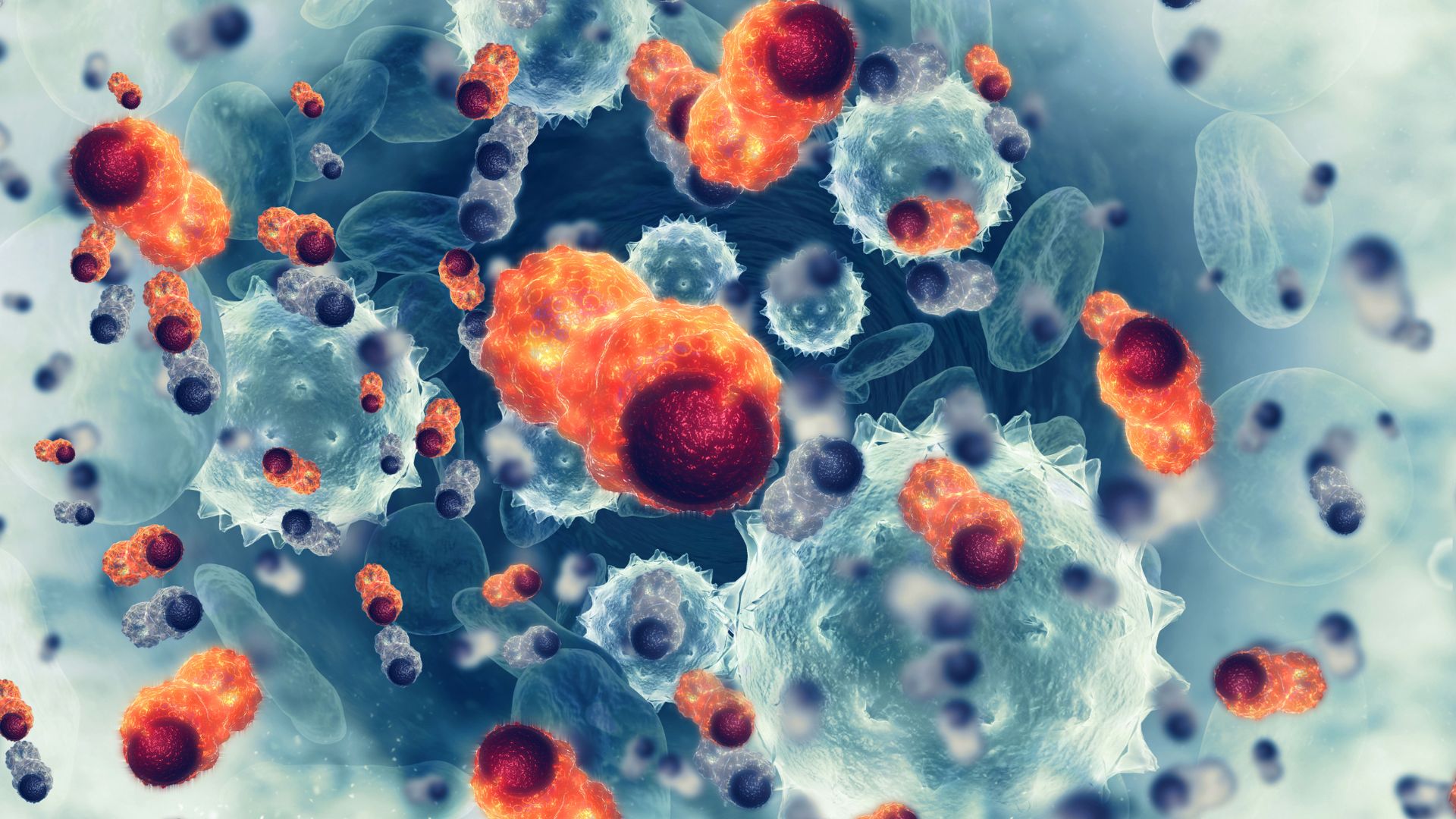
Intercellular communication and NF-kB
When research into the causes of inflammation, and therefore the possibilities for changing it, delved a little deeper into the molecular pathways, the transcription factor NF-kB was discovered. Overactivation of NF-kB is typically associated with ageing.
Based on this finding, some exciting experiments were carried out. In mice in which researchers introduced a gene to inhibit NF-kB, this led to a rejuvenation of the originally aged skin. In another study, also using a mouse model, the genetic or medicinal inhibition of NF-kB prevented the appearance of typical signs of ageing.
The discovery that inflammation and stress reactions in the body activate NF-kB in the hypothalamus and thus lead to a reduced release of GnRH (gonadotropin-releasing hormone) is comparatively new. As the name suggests, GnRH ensures that gonadotropins are released at the site of action. This is a group of hormones that is extremely important for reproduction and the production of sex hormones.
A lack of GnRH leads to bone fragility, weaker muscles or thinner skin. The list is even longer. In mice, GnRH treatment was able to slow down the ageing process. This finding demonstrates the ability of the hypothalamus to modulate ageing on the one hand and the diverse effects of NF-kB on the other.

Changed inflammation values in the blood as an indication
Doctors have various parameters at their disposal to measure inflammation. The most important are
- C-reactive protein. Abbreviated to CRP. This protein is produced in the liver and typically rises during an infection to activate the immune system. It reacts very slowly overall and is often only elevated after 24 hours in the case of an acute infection.
- Interleukin-6: This messenger substance of the immune system is produced by T helper cells and macrophages. In old age, this messenger substance appears to be released in excess. Chronically high interleukin-6 levels are associated with poorer survival and contribute to inflammaging.
- Leukocyte count: The white blood cells make up the entirety of our immune cells. They can be elevated in the event of an infection. If the leukocytes are broken down into their daughter cells (granulocytes, eosinophils), it may be possible to make more precise statements about the cause. A high number of eosinophils is found in allergic asthma, for example.
- Procalcitonin: This peptide is produced in the C cells of the thyroid gland and is a marker for a bacterial infection. In everyday clinical practice, this marker is used for the diagnosis/progression of sepsis.
Some of these inflammation levels increase with age and thus contribute to the development of diseases.
Altered T cells - the immune army is weakened
You can think of our immune system as a large army. There are very different players. Macrophages, for example, are scavenger cells that devour everything that gets in their way. T cells are another class in your immune army. They are white blood cells, with the T standing for thymus - the organ in which the T cells mature. T cells have different tasks and are differentiated according to their surface characteristics. For example, T cells with the surface characteristic CD-8 (also known as T killer cells ) are involved in the defense against viruses.
What happens in old age? It seems that a subtype of T cells increases more and more. So-called Taa cells. These become more numerous with age and appear to control inflammation with the help of the messenger substance granzyme K+ to increase inflammation. At the same time, this change in the immune system results in a weaker response to viruses. This means that not only the pro-inflammatory signaling pathways are affected, but also the defense cells of our immune system appear to age.
Anti-inflammatory therapy as the key to longevity?
Now that we know that inflammaging is one of the hallmarks of aging and contributes significantly to the aging process, the next logical step would be to treat this inflammation. Animal experiments have shown that by switching off some of the pro-inflammatory signaling pathways that get out of hand with age, improved health can be achieved.
But what do the data look like in humans? There is evidence that taking low doses of ASA can reduce inflammation and thus reduce the incidence of arteriosclerosis. However, ASA also has some side effects. For example, it makes the blood thinner, so that there is a risk of major bleeding in the event of a fall. It also attacks the stomach lining and can cause ulcers.
In other studies, drugs that suppress the immune system, such as canakinumab, have been administered to reduce the incidence of arteriosclerosis, diabetes mellitus and high blood pressure. Research is moving in a similar direction with the drug rapamycinwhich is described in detail in Peter Attia's book "Outlive", among others.

Conclusion on inflammaging as a hallmark of ageing
Inflammaging plays an important role in the ageing process. However, it is very difficult to consider this as a single factor, rather it is jointly responsible for ageing with the other hallmarks of ageing. Senescent cells contribute through the secretion of SASP, as do the epigenetic changes that occur with age.
Initial research approaches already exist to possibly reverse this hallmark. From the regeneration of the thymus, to anti-inflammatory therapies with monoclonal antibodies, to the possibility of influencing inflammation through diet, fasting and secondary plant substances.
The next article in this series deals with the eleventh sign of ageing: dysbiosis.
Literature
- López-Otín, Carlos et al. "Hallmarks of aging: An expanding universe." Cell vol. 186.2 (2023): 243-278. link
- Murray, Christopher J L. "The Global Burden of Disease Study at 30 years." Nature medicine vol. 28,10 (2022): 2019-2026. link
- Dugan, Ben et al. "Inflammaging as a target for healthy ageing." Age and ageing vol. 52.2 (2023): afac328. Link
- Fulop, T et al. "Immunology of Aging: the Birth of Inflammaging." Clinical reviews in allergy & immunology vol. 64,2 (2023): 109-122. link
- Camell, Christina D. "Taa Cells and Granzyme K: Old Players with New Tricks." Immunity vol. 54,1 (2021): 6-8. link
Graphics
The images were purchased under licence from Canva.
